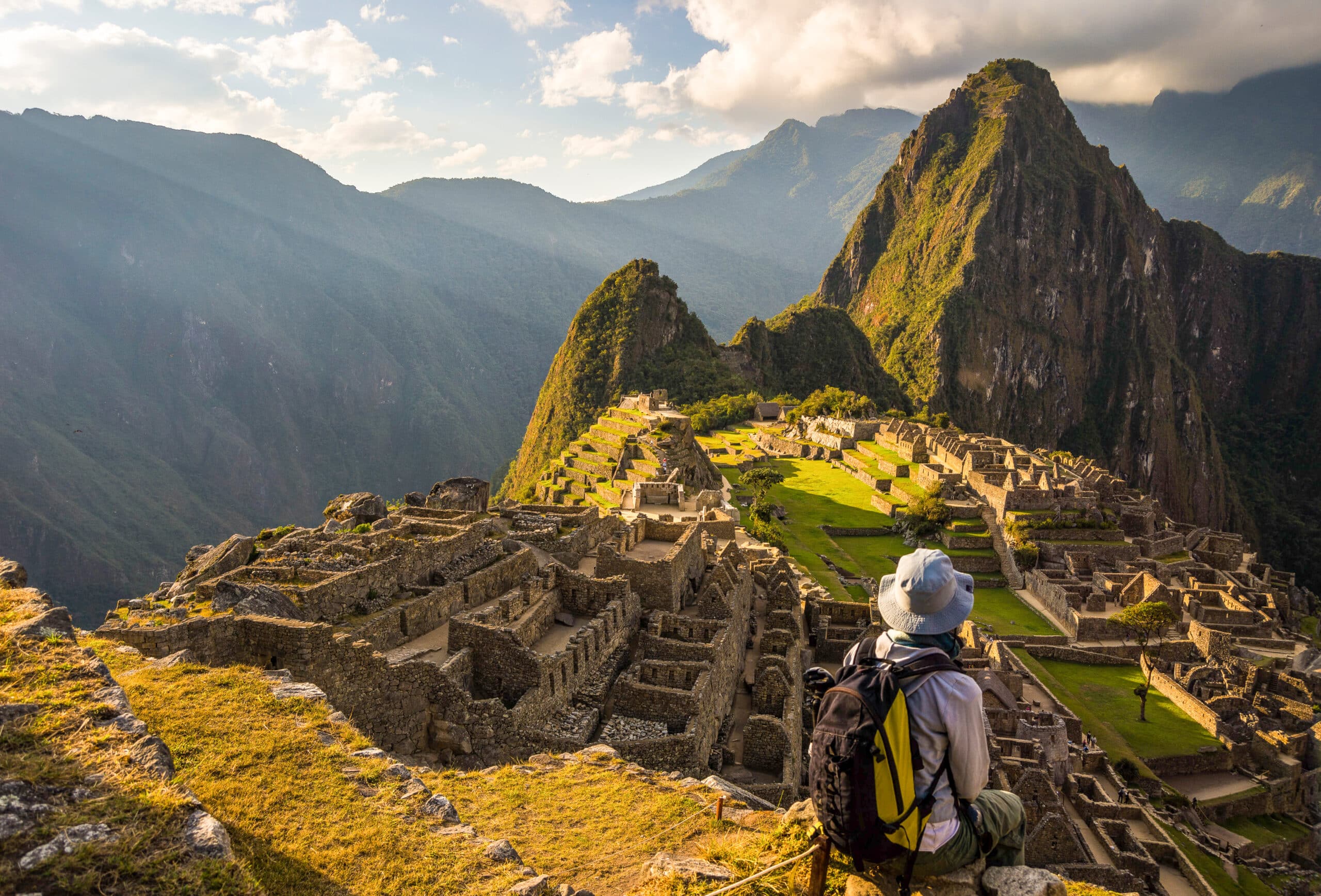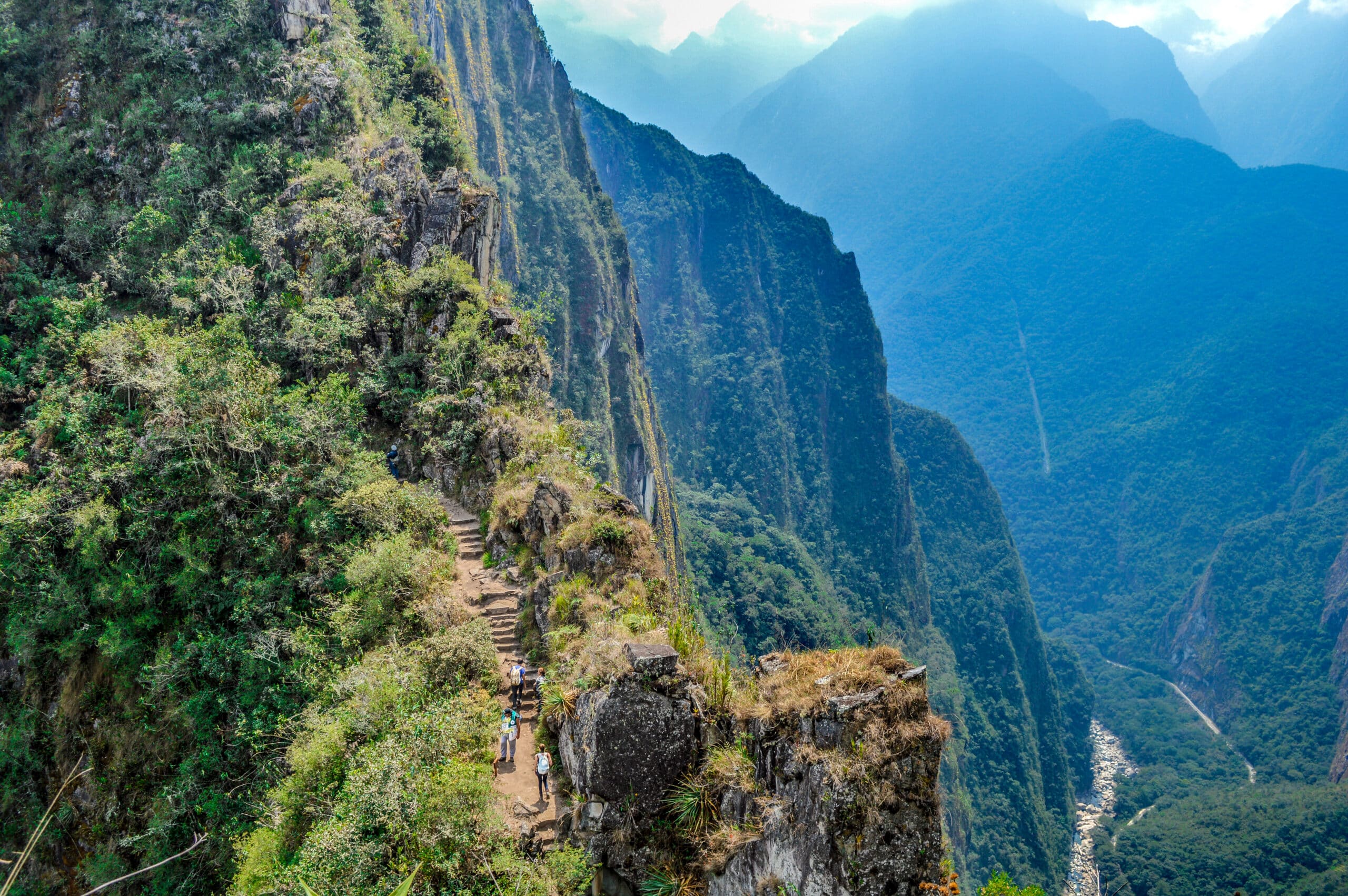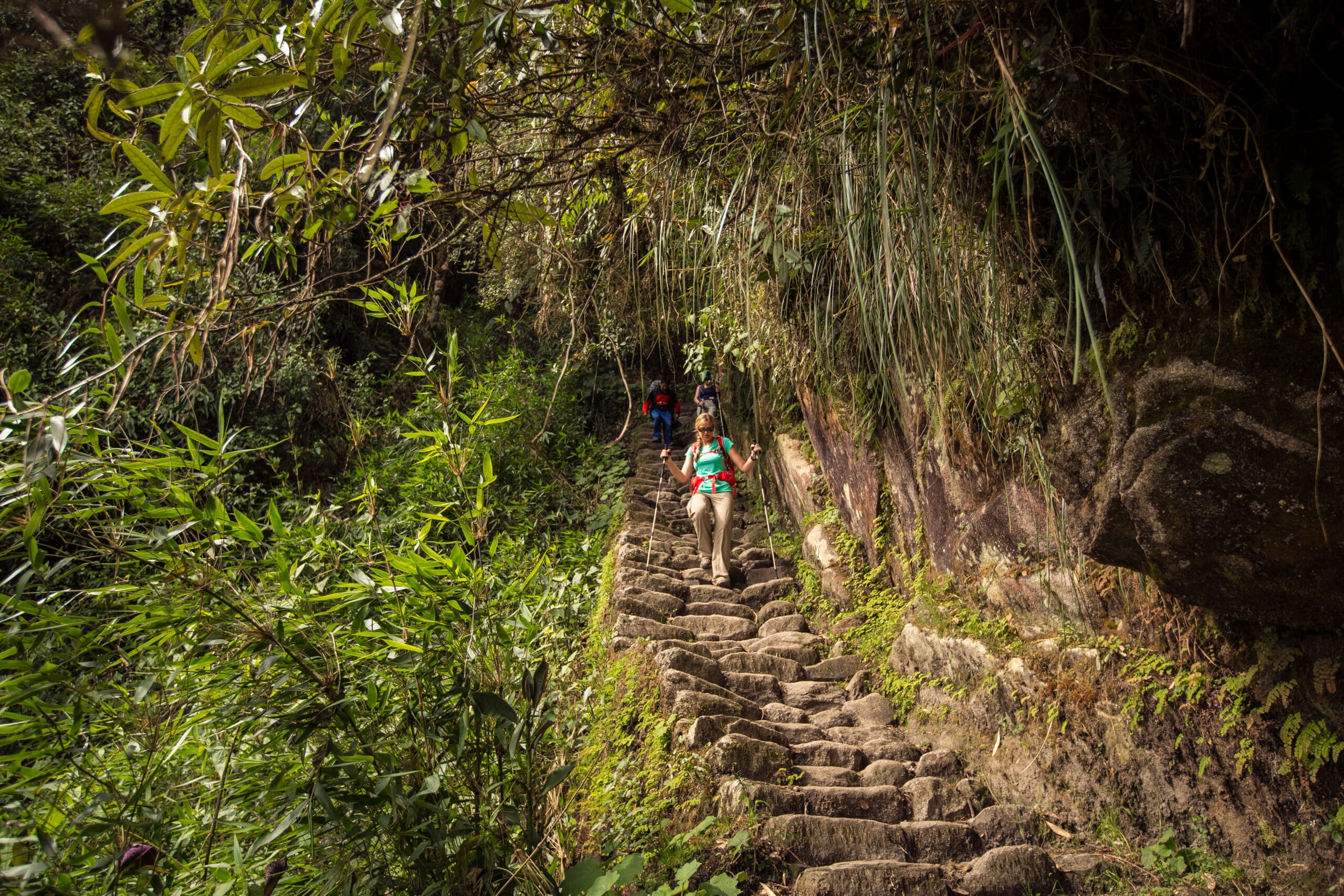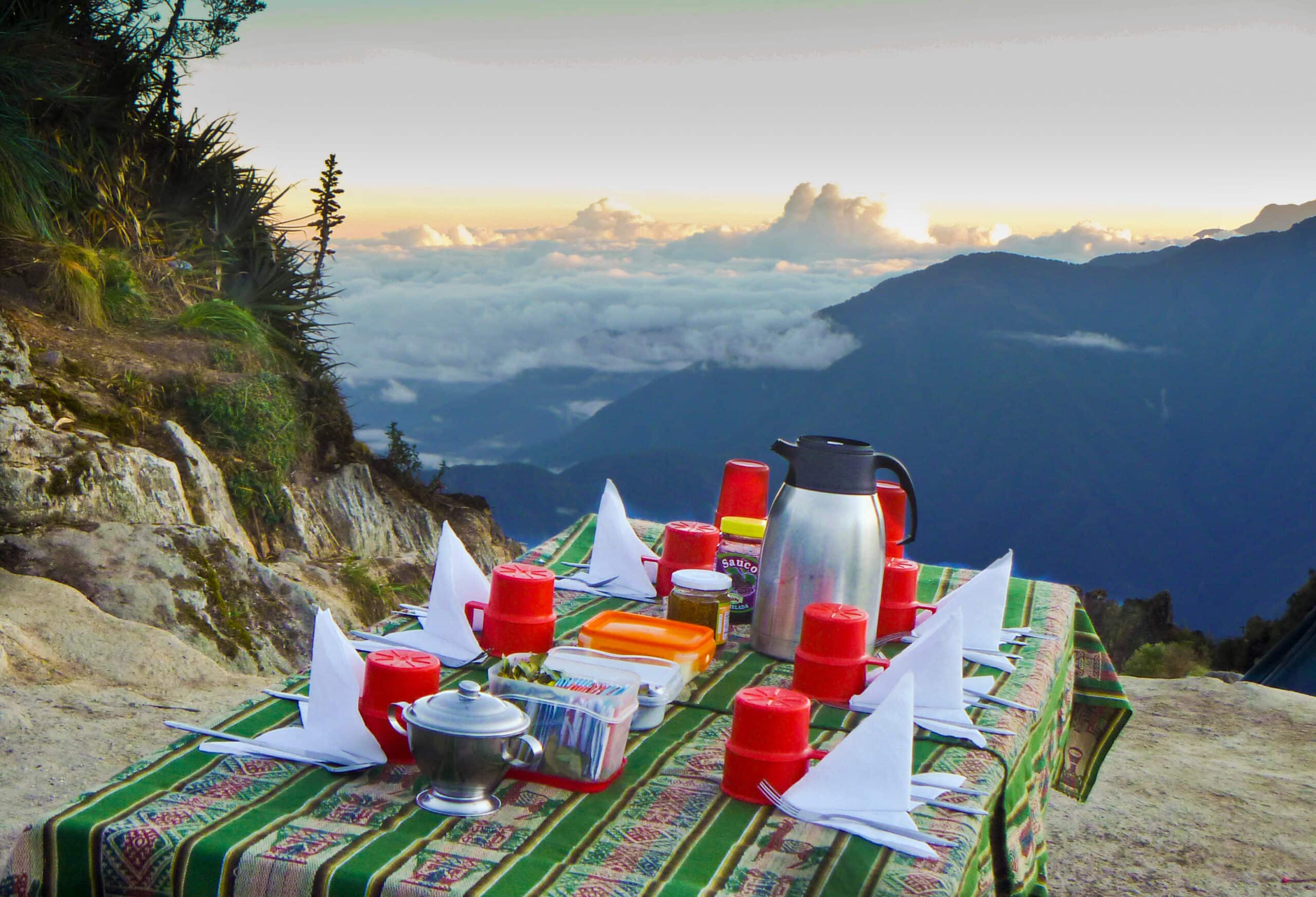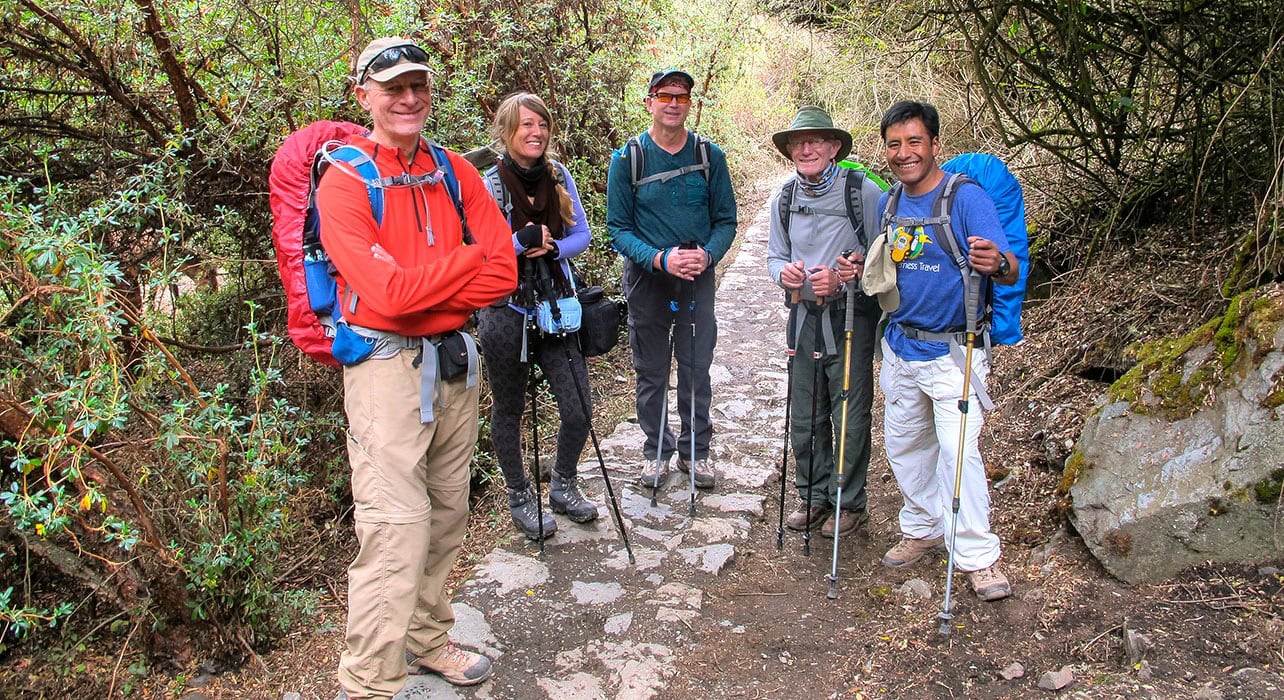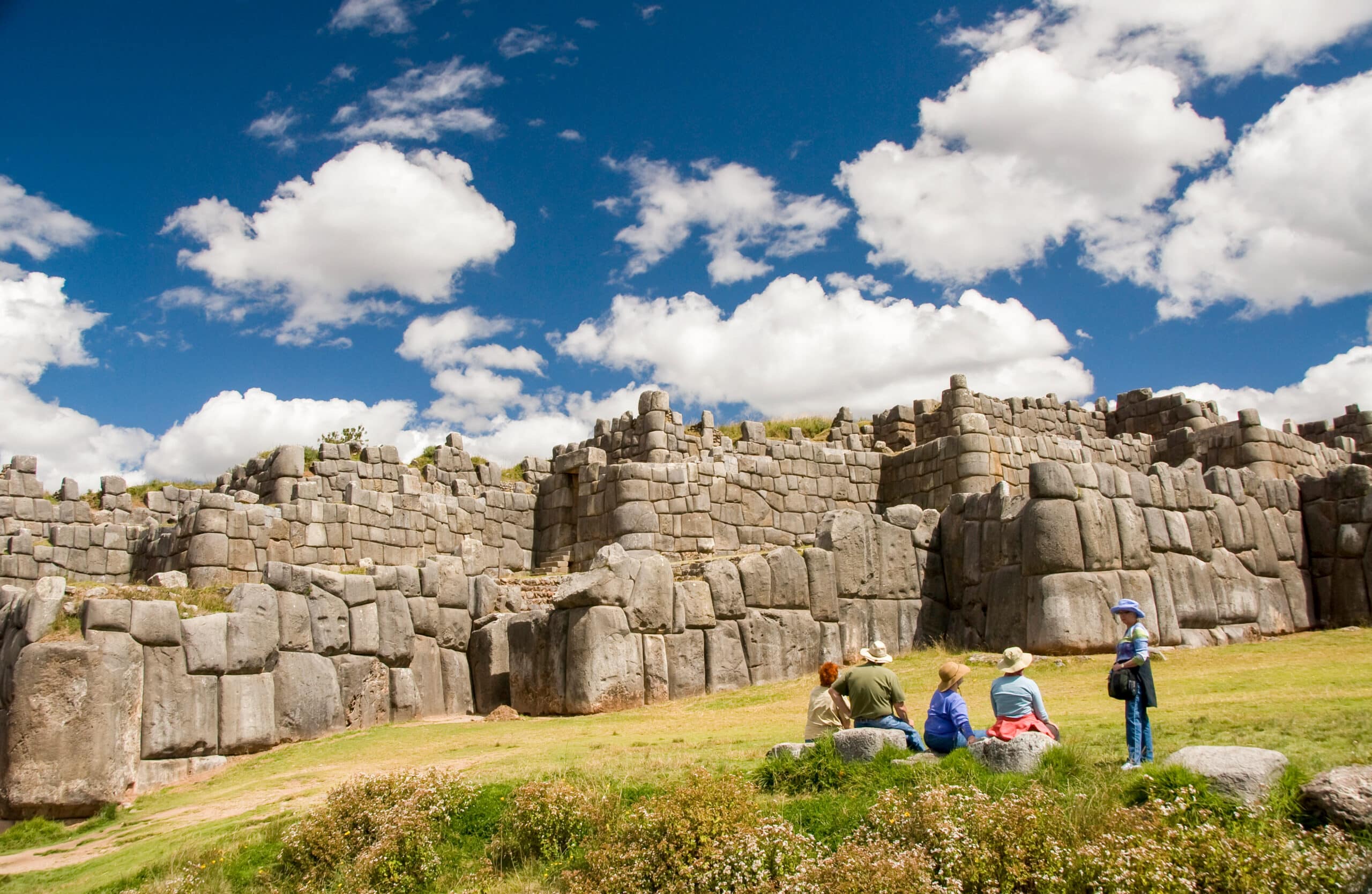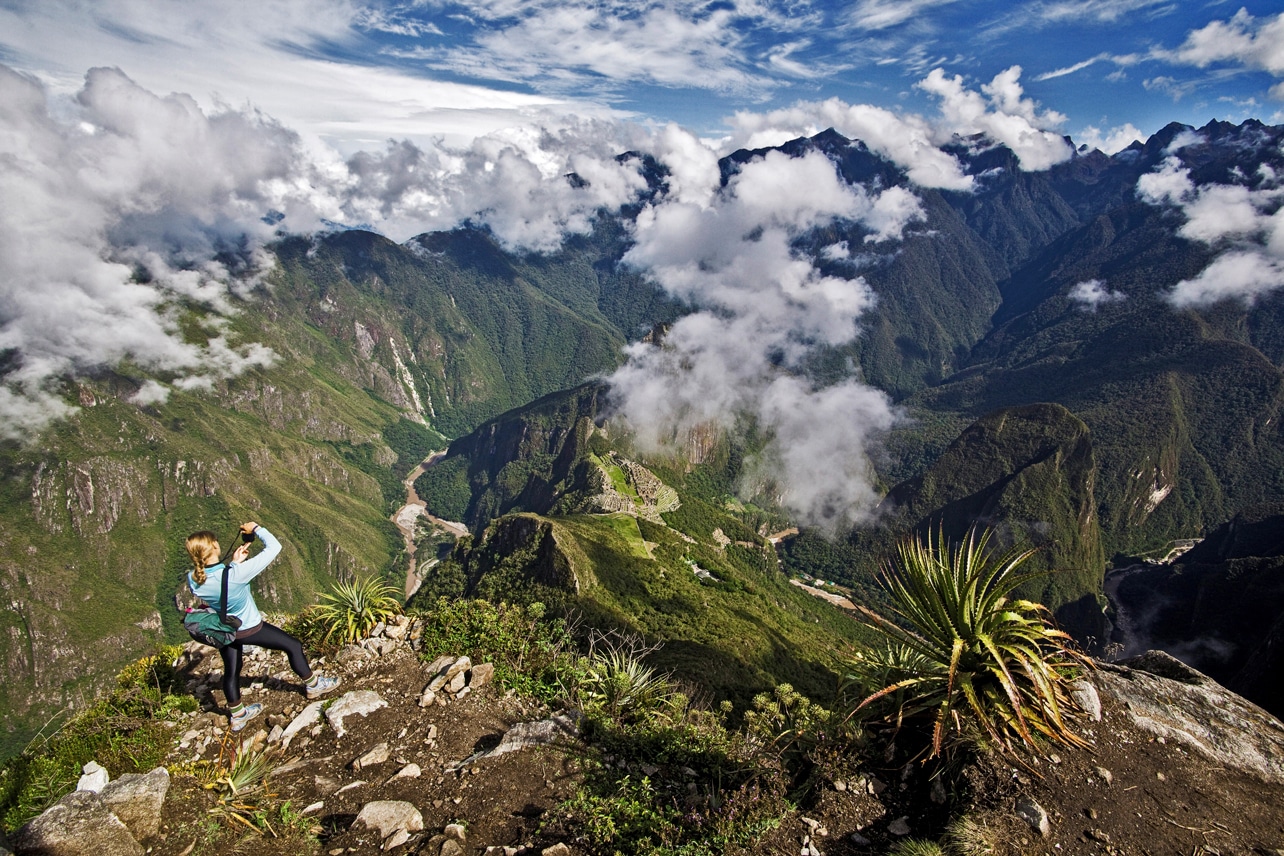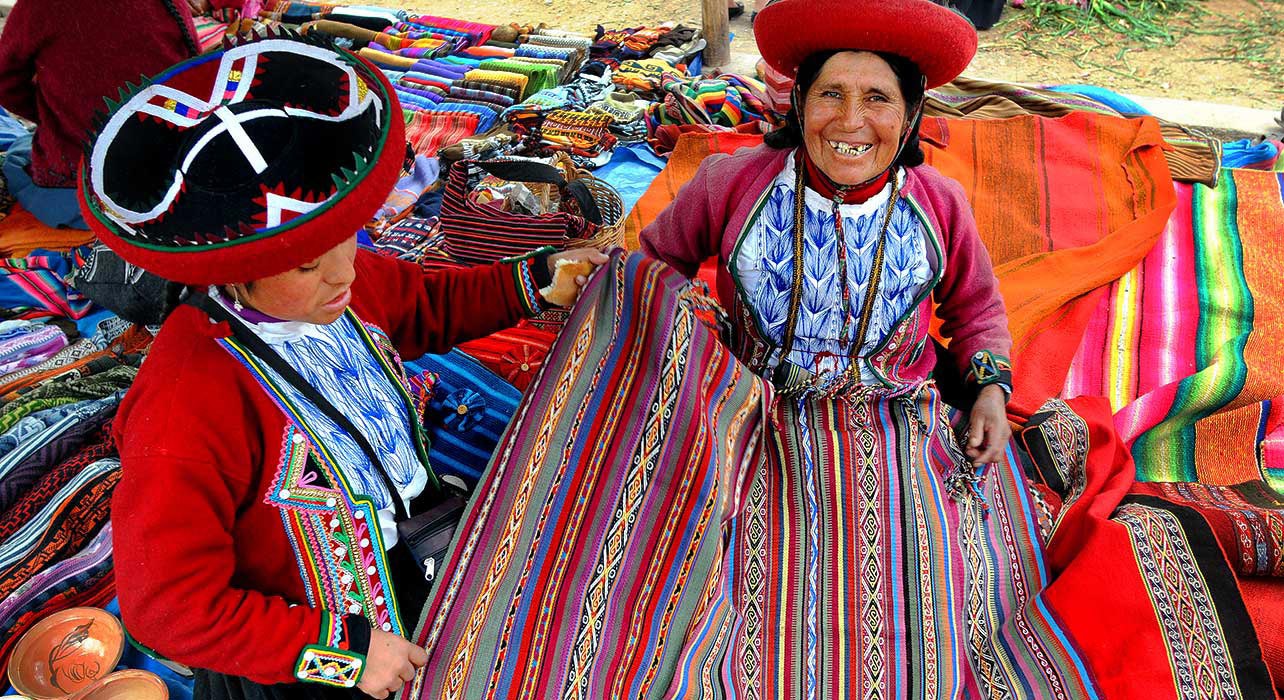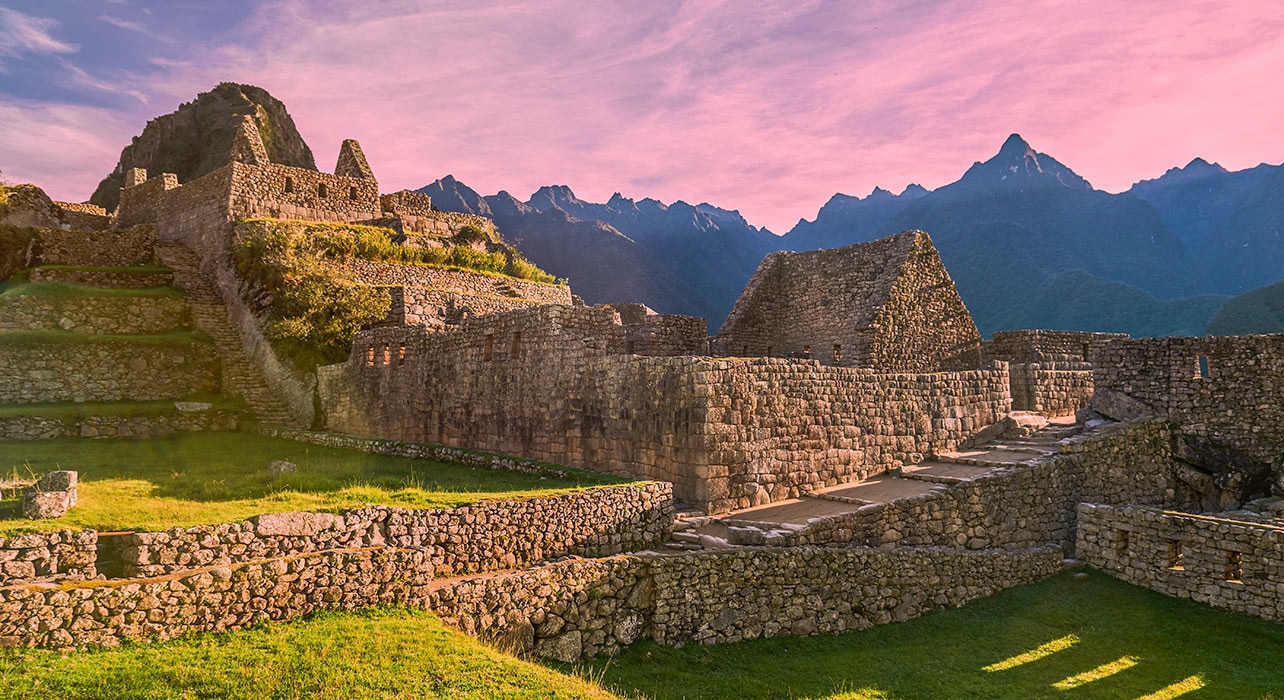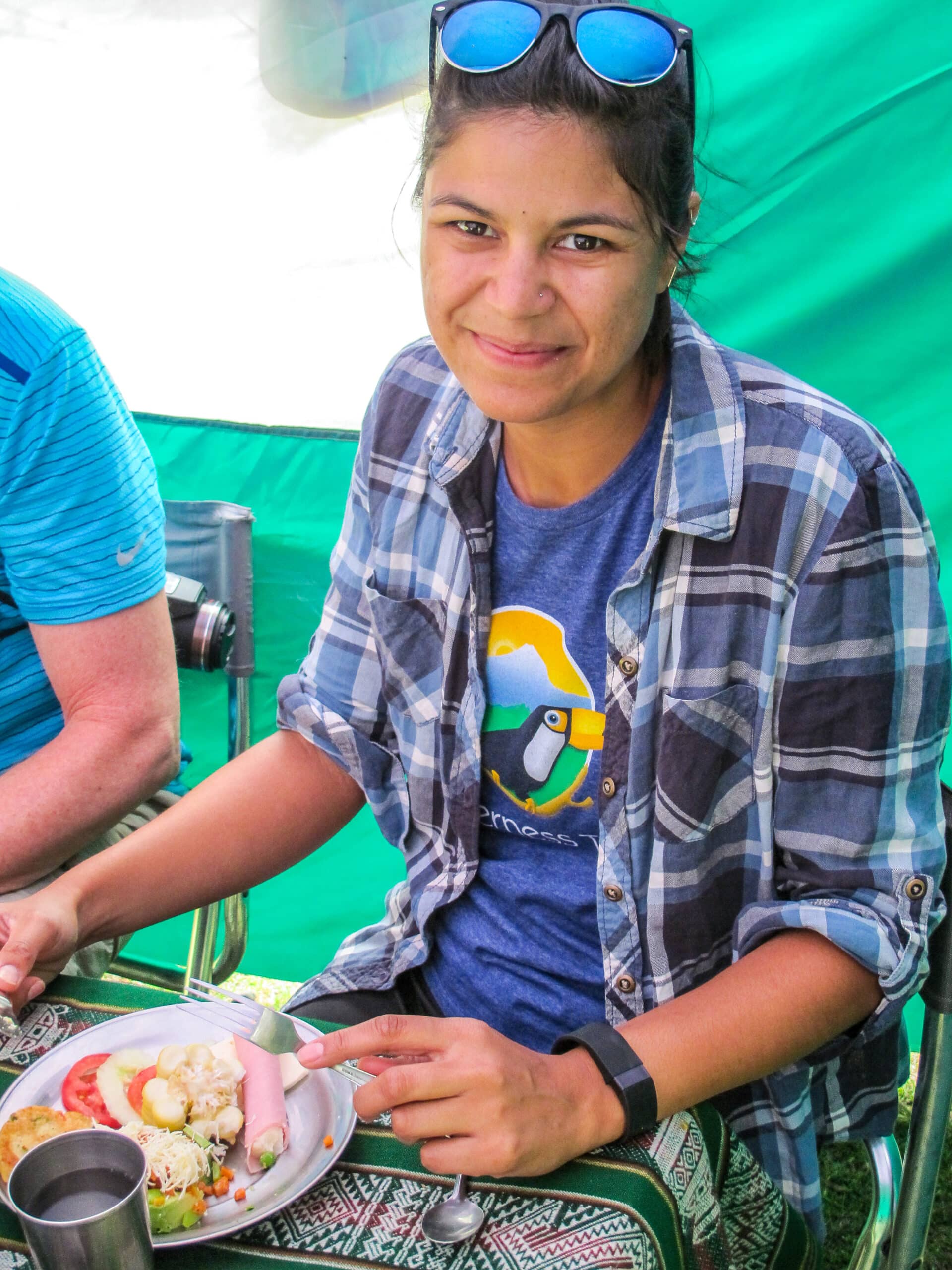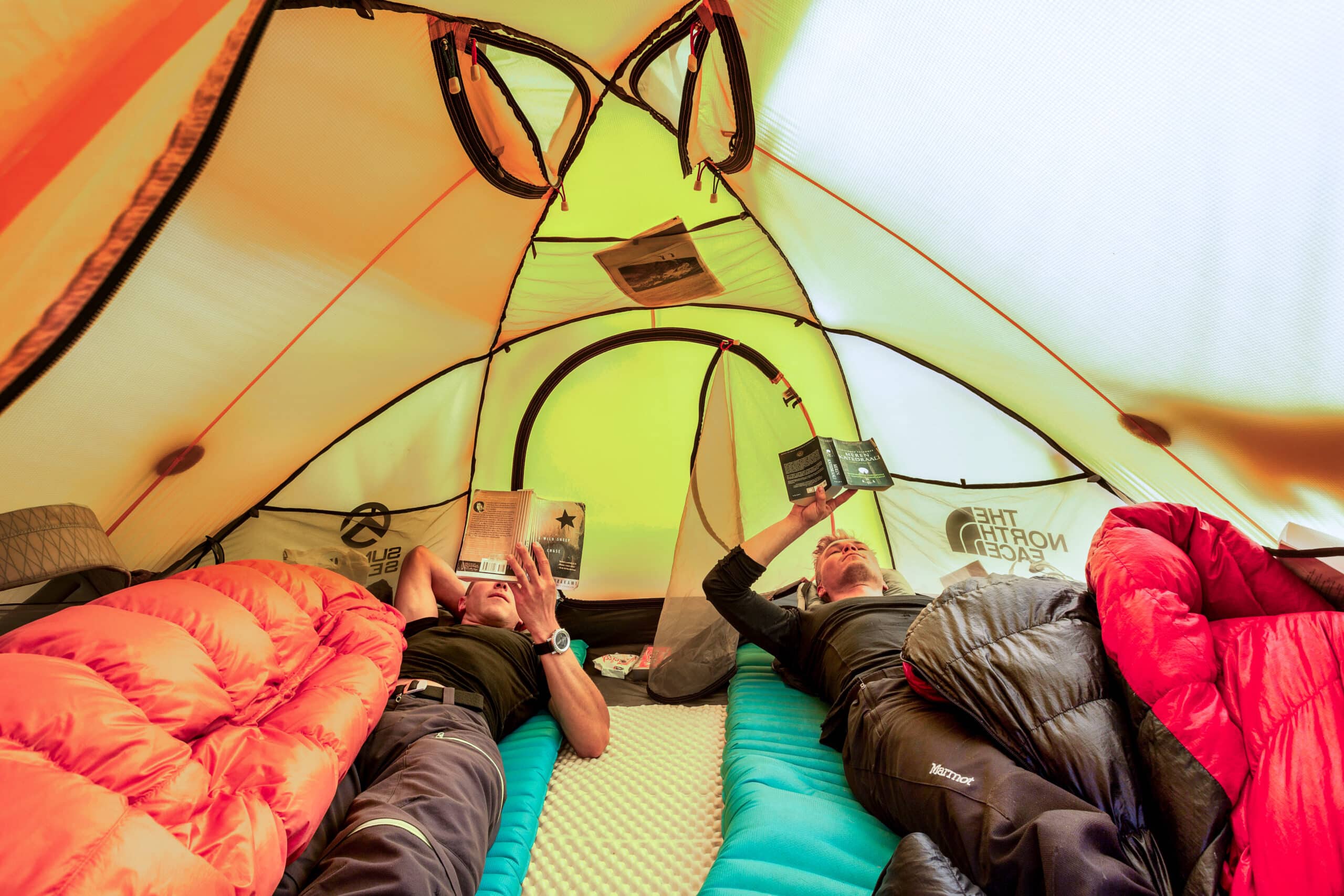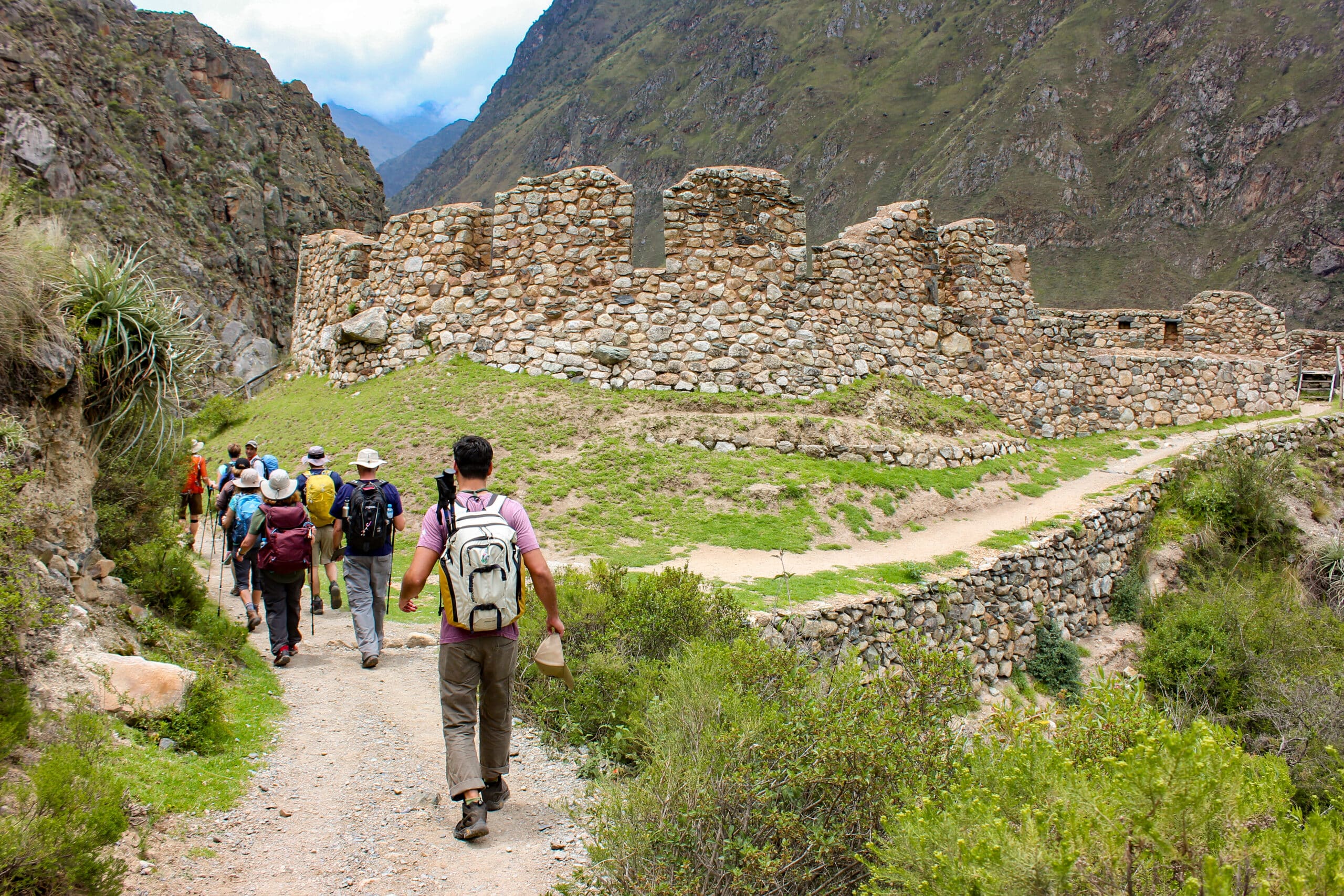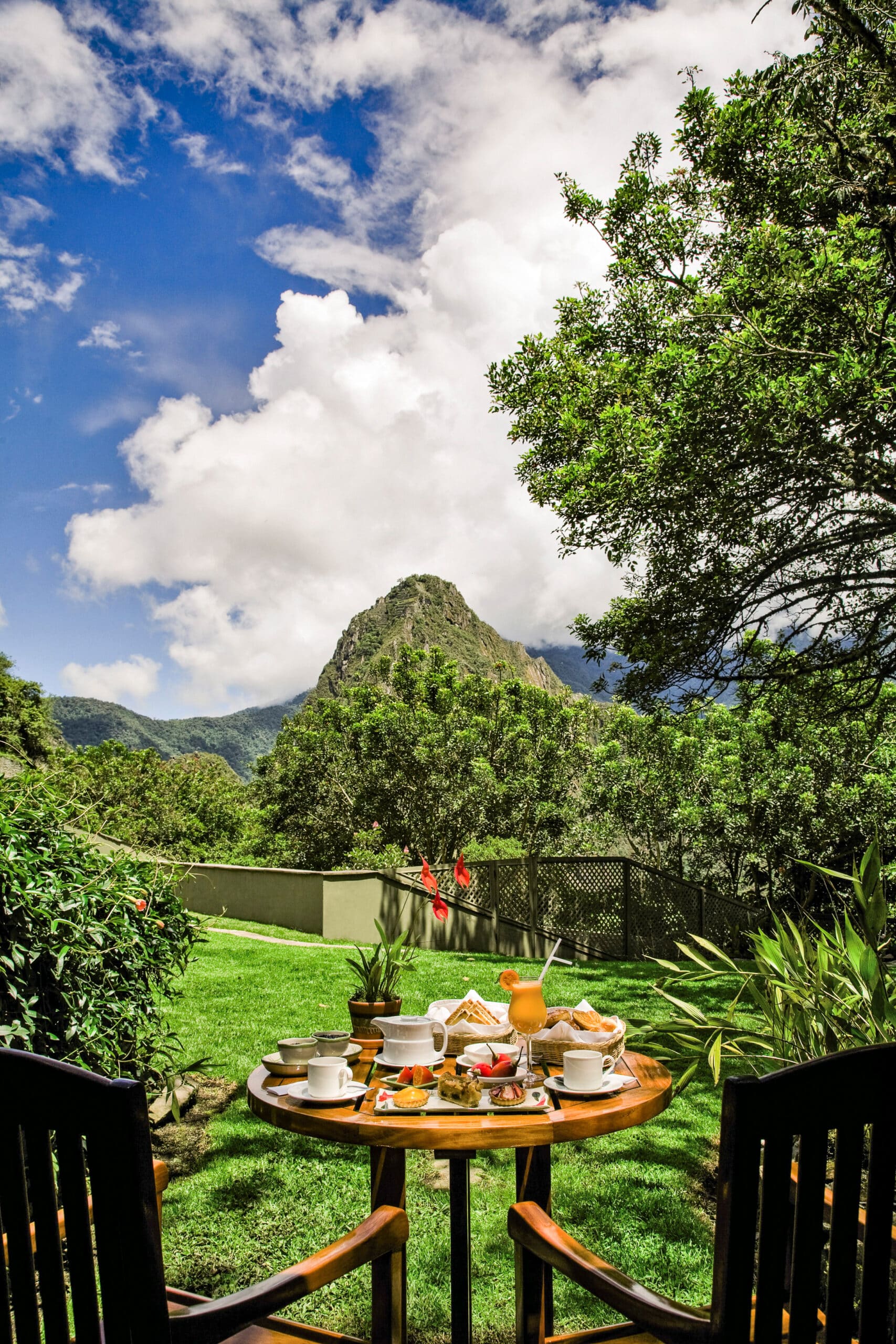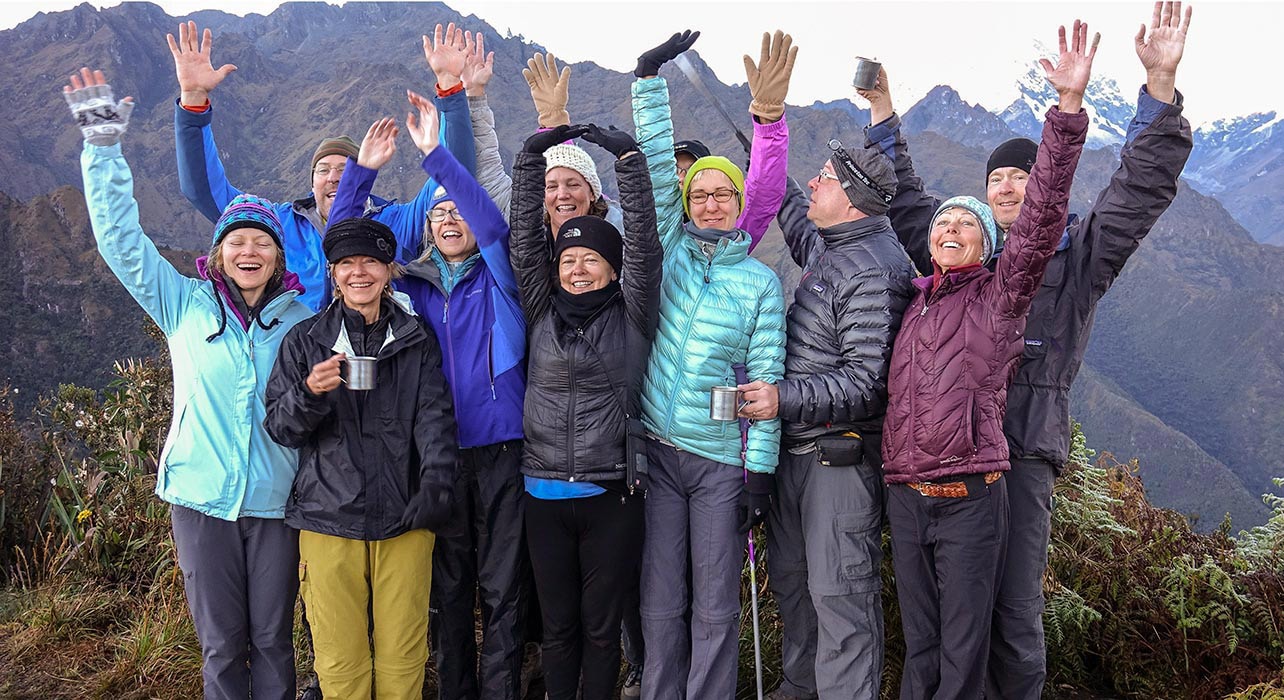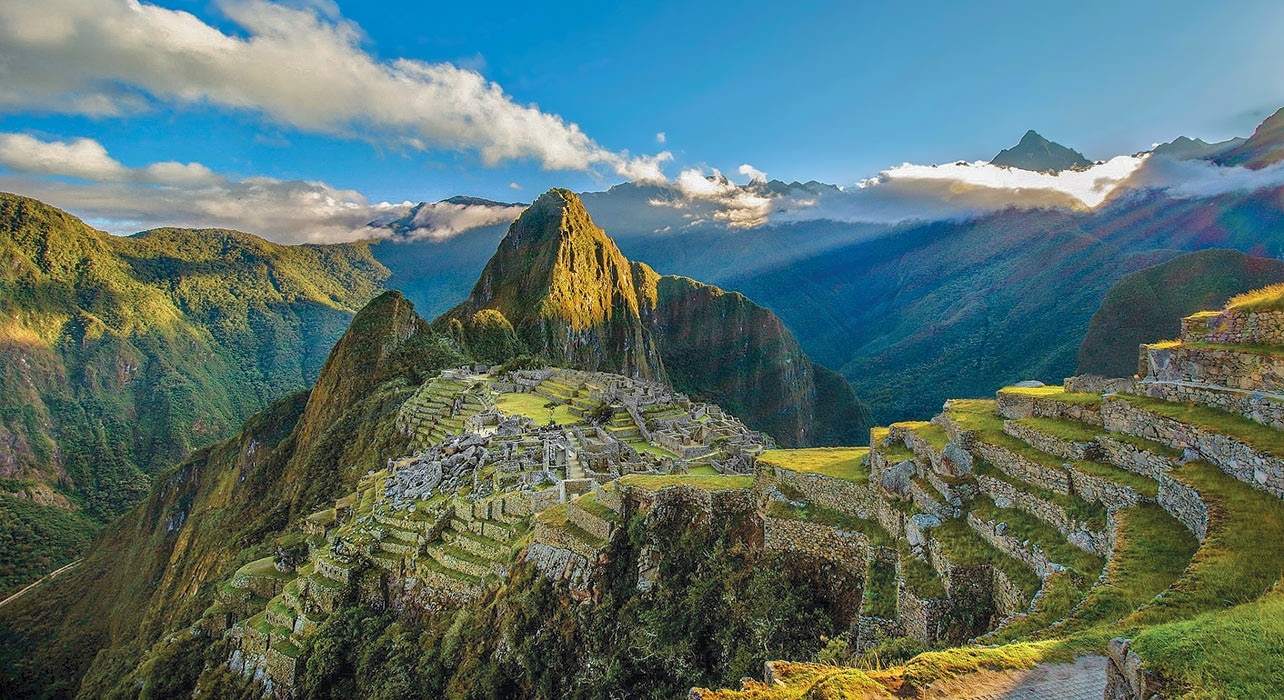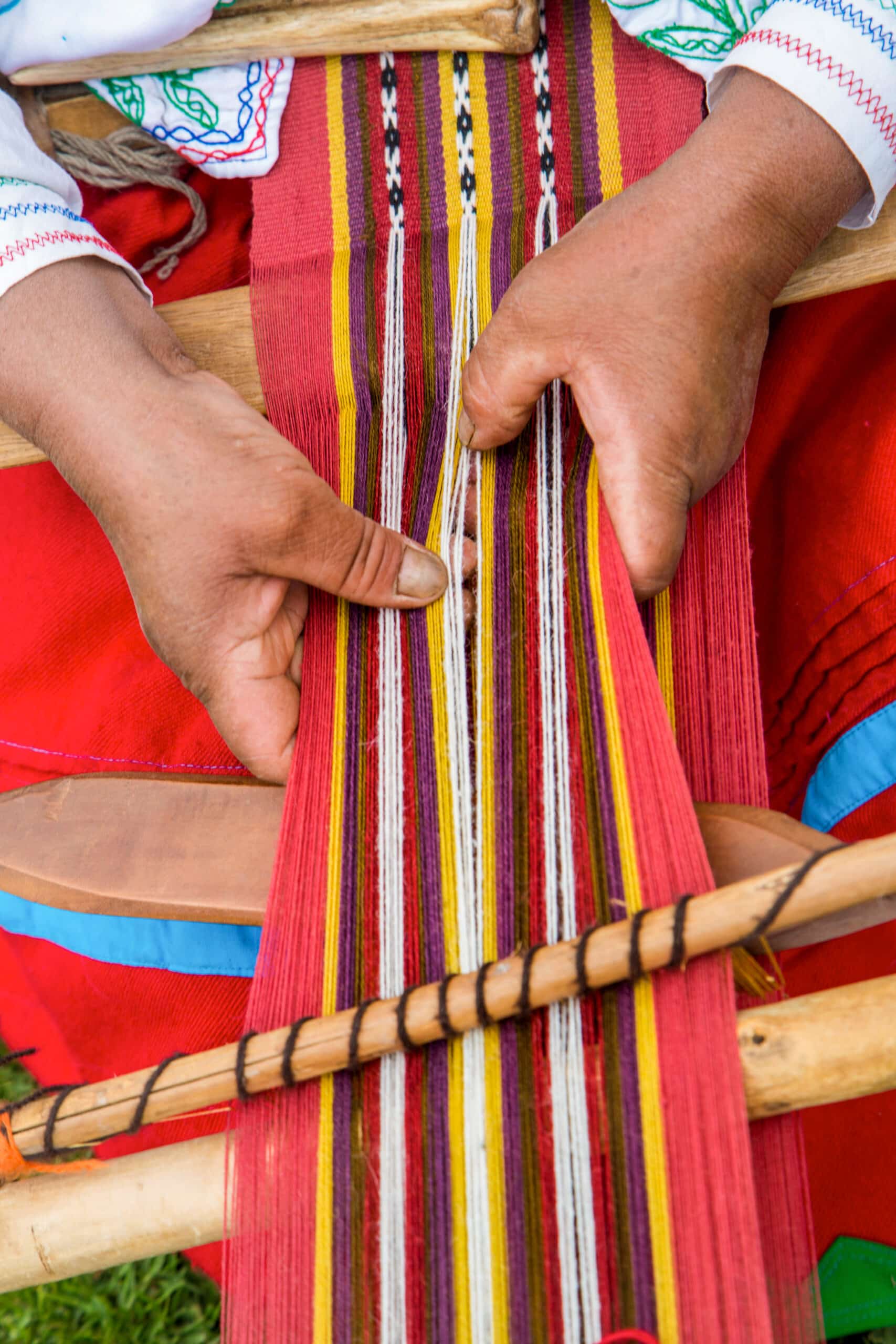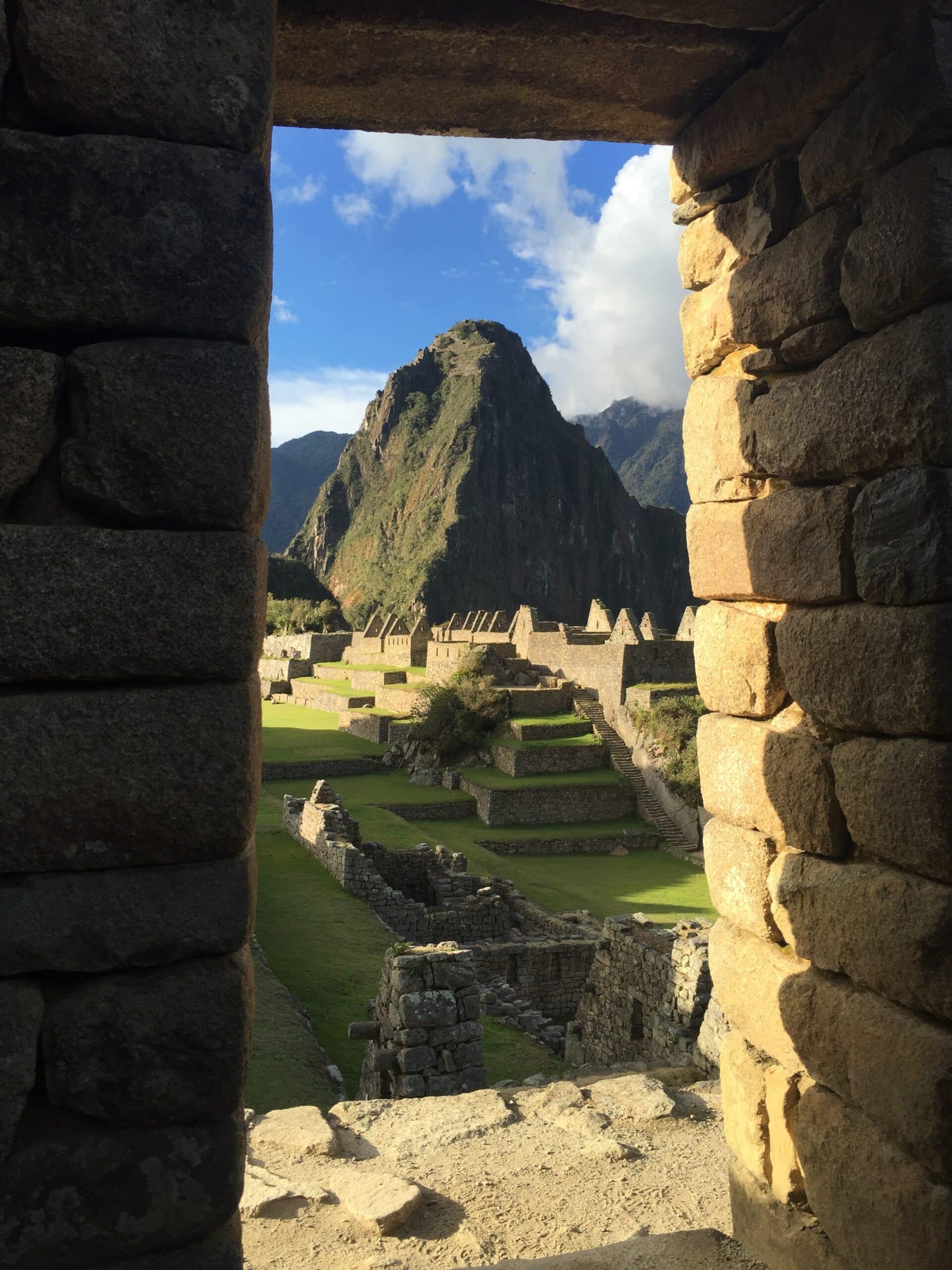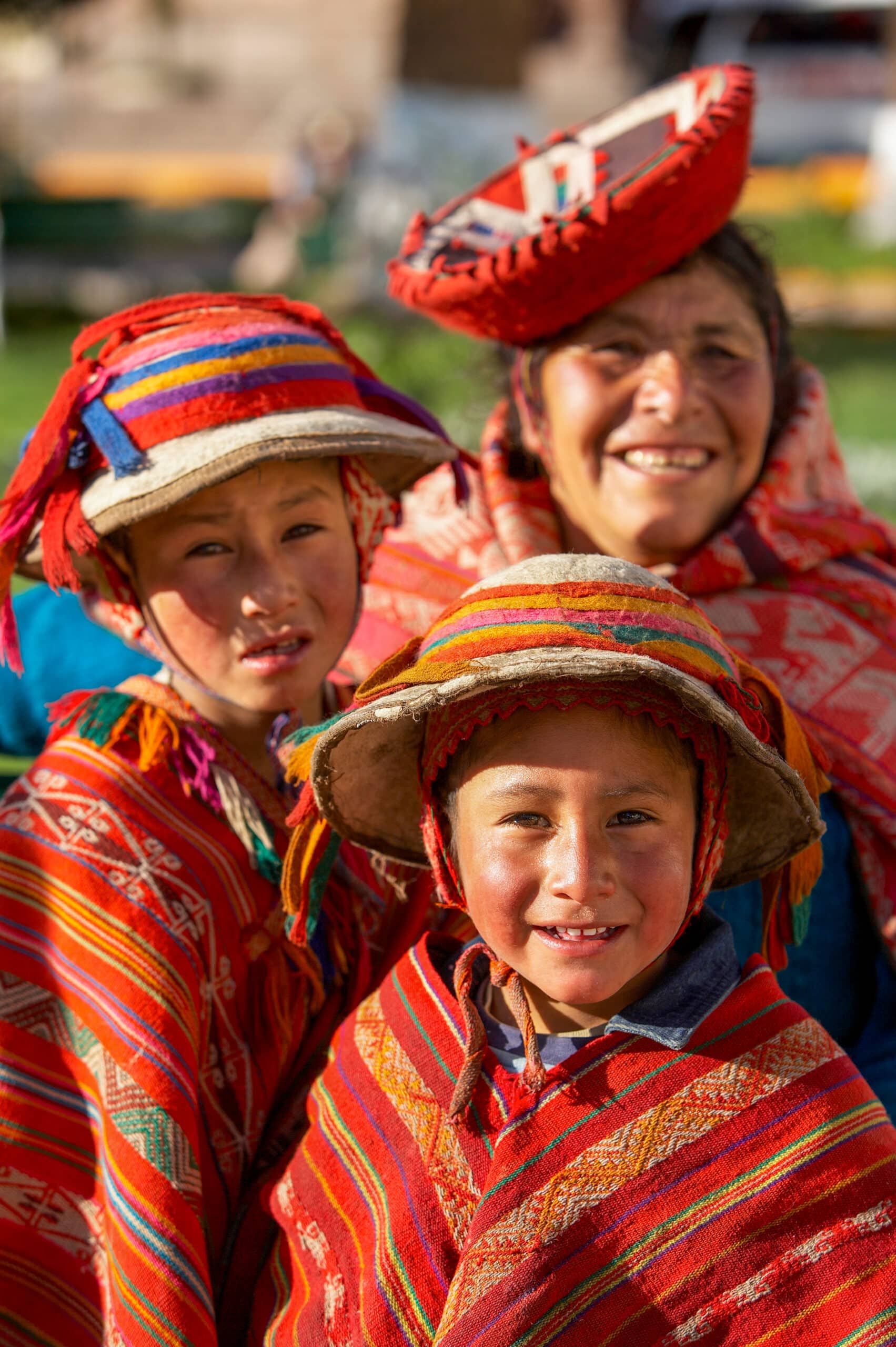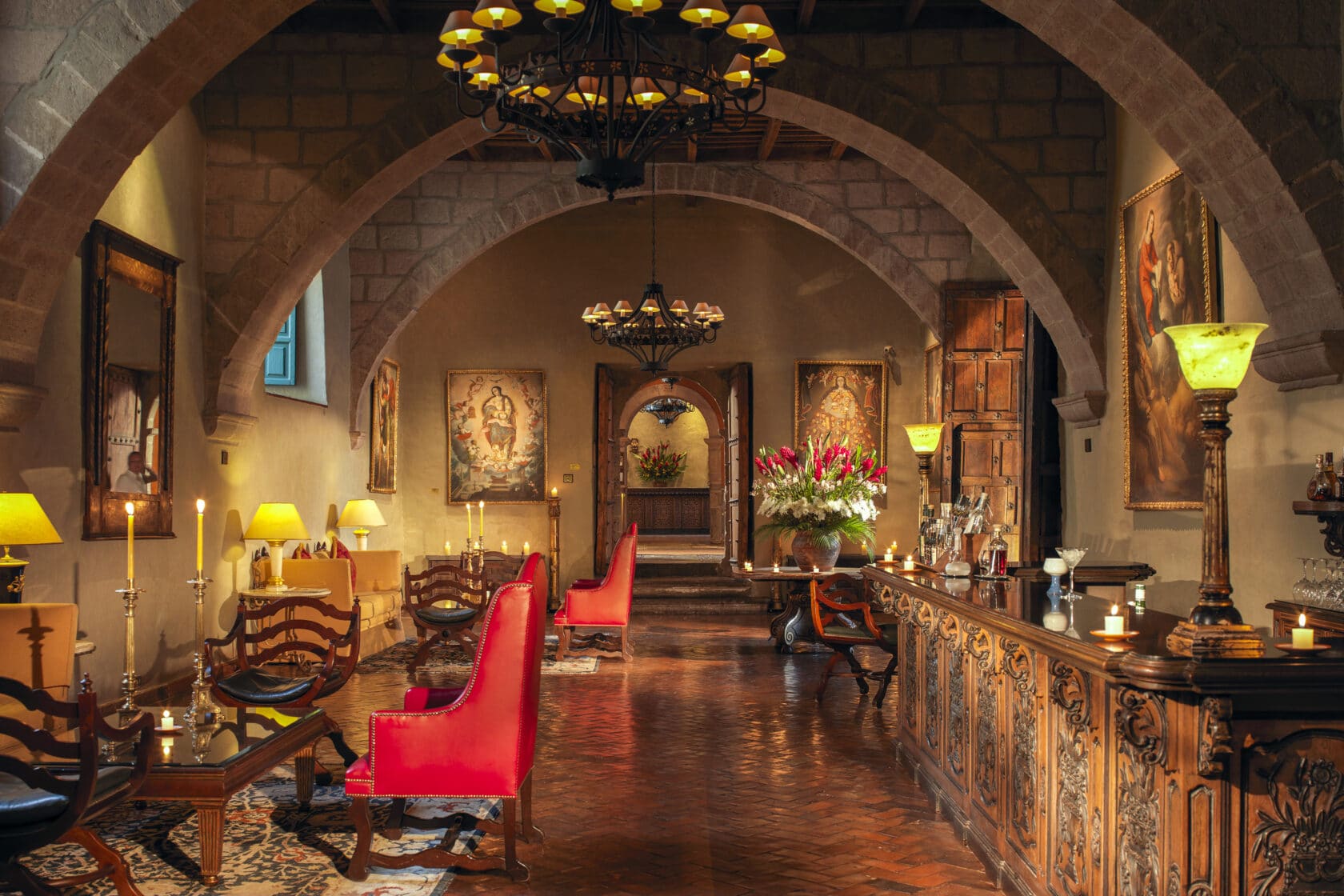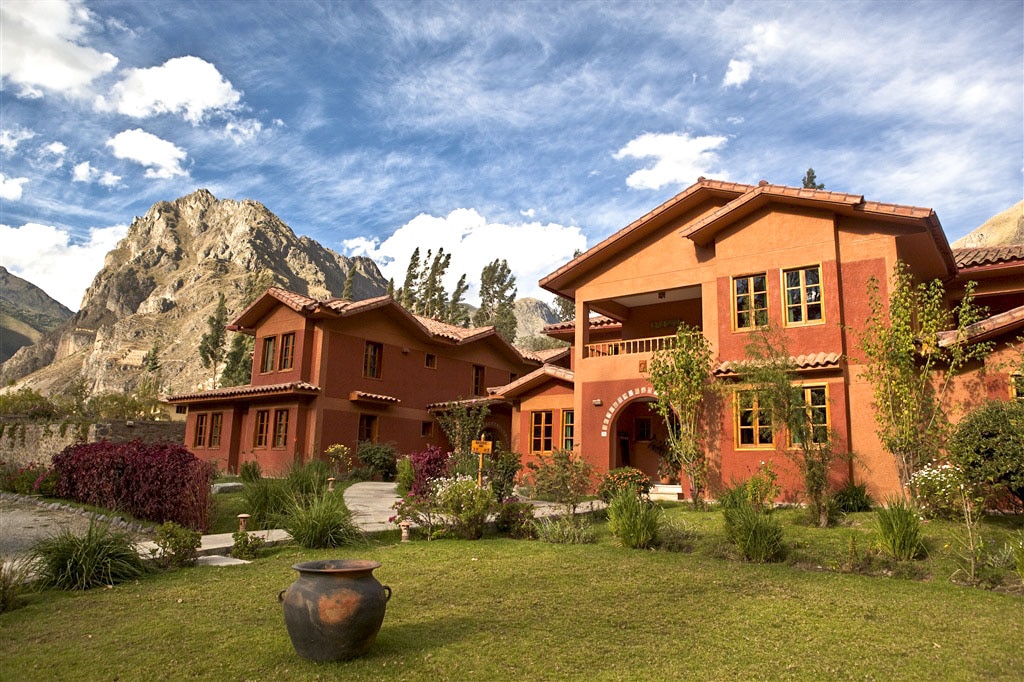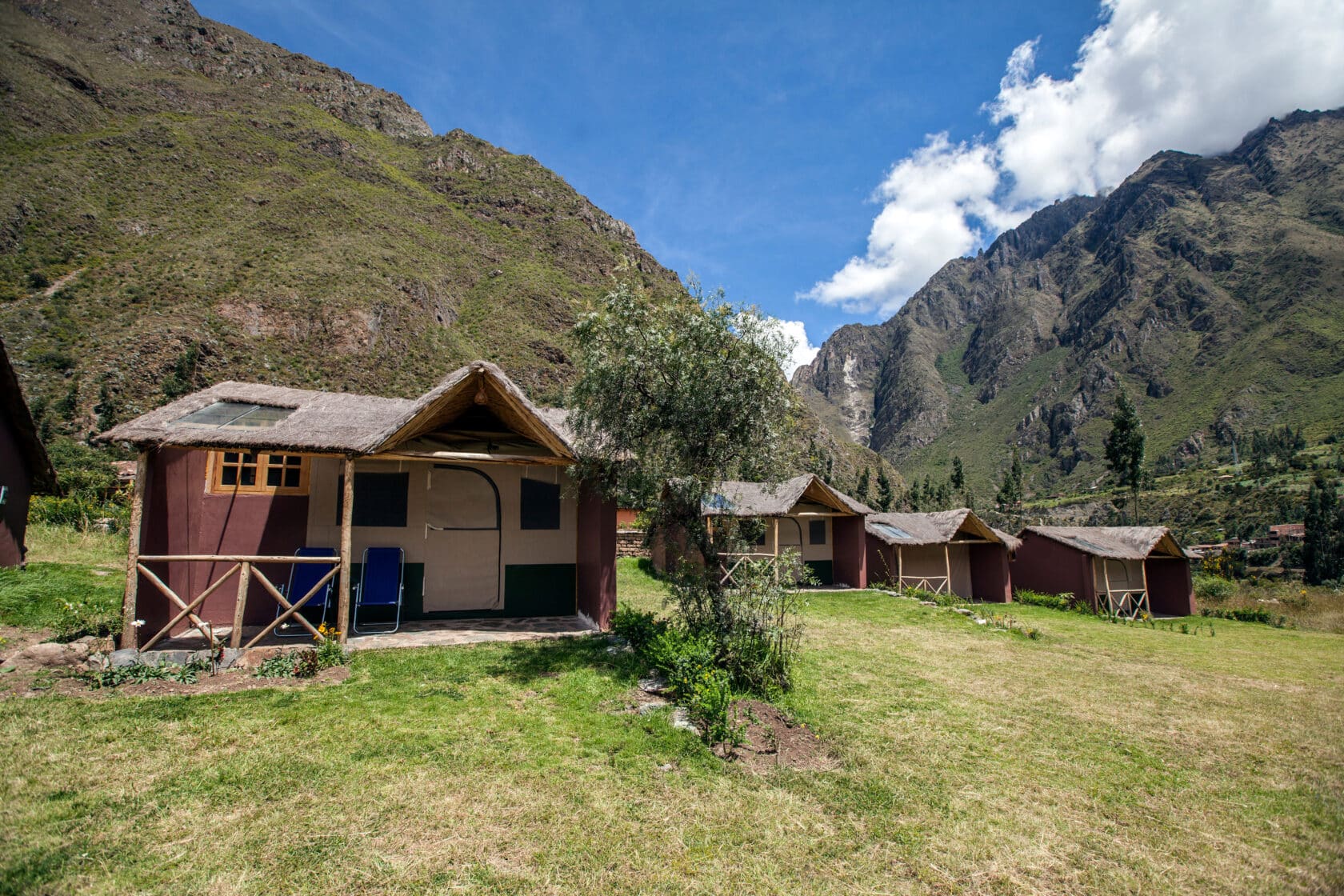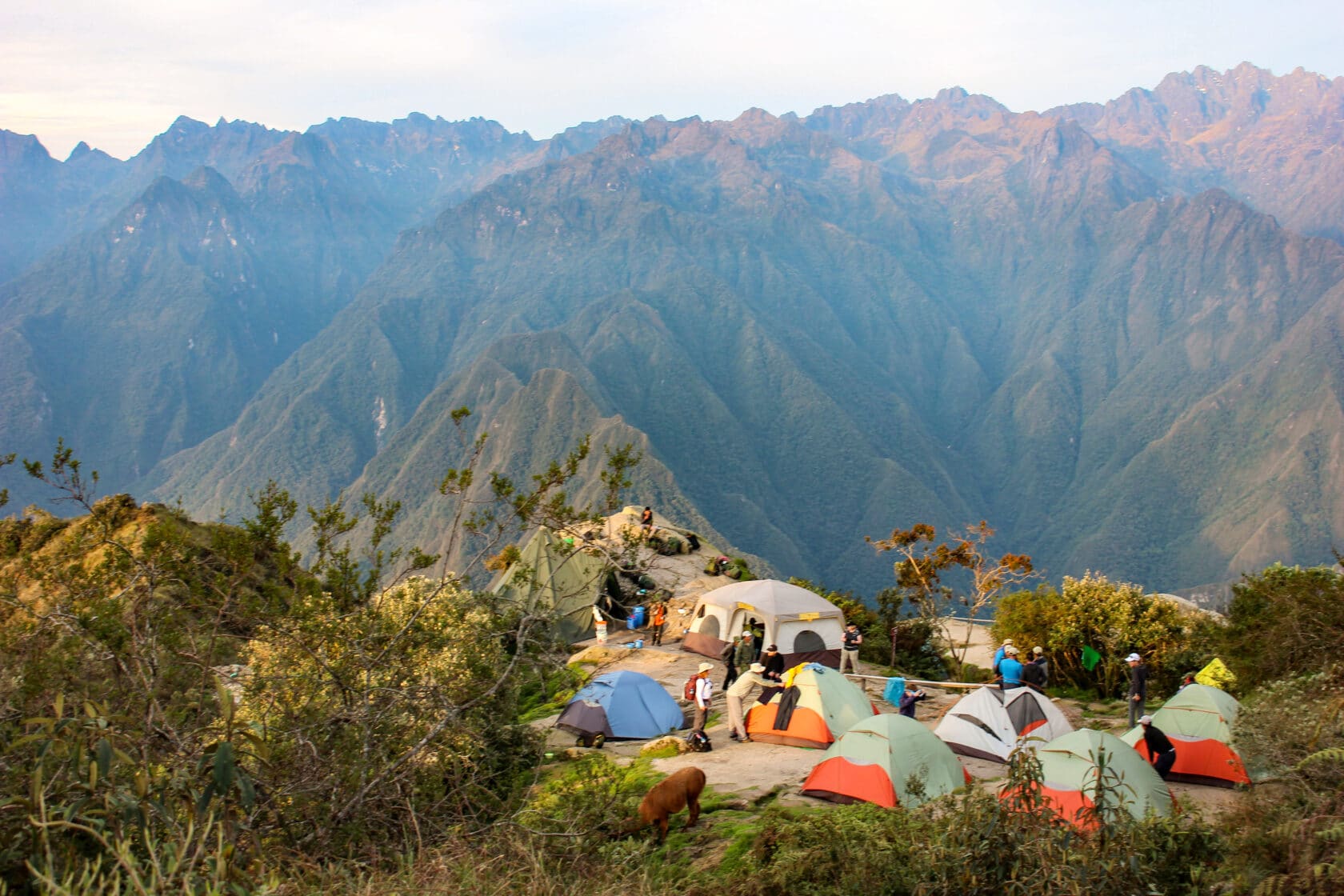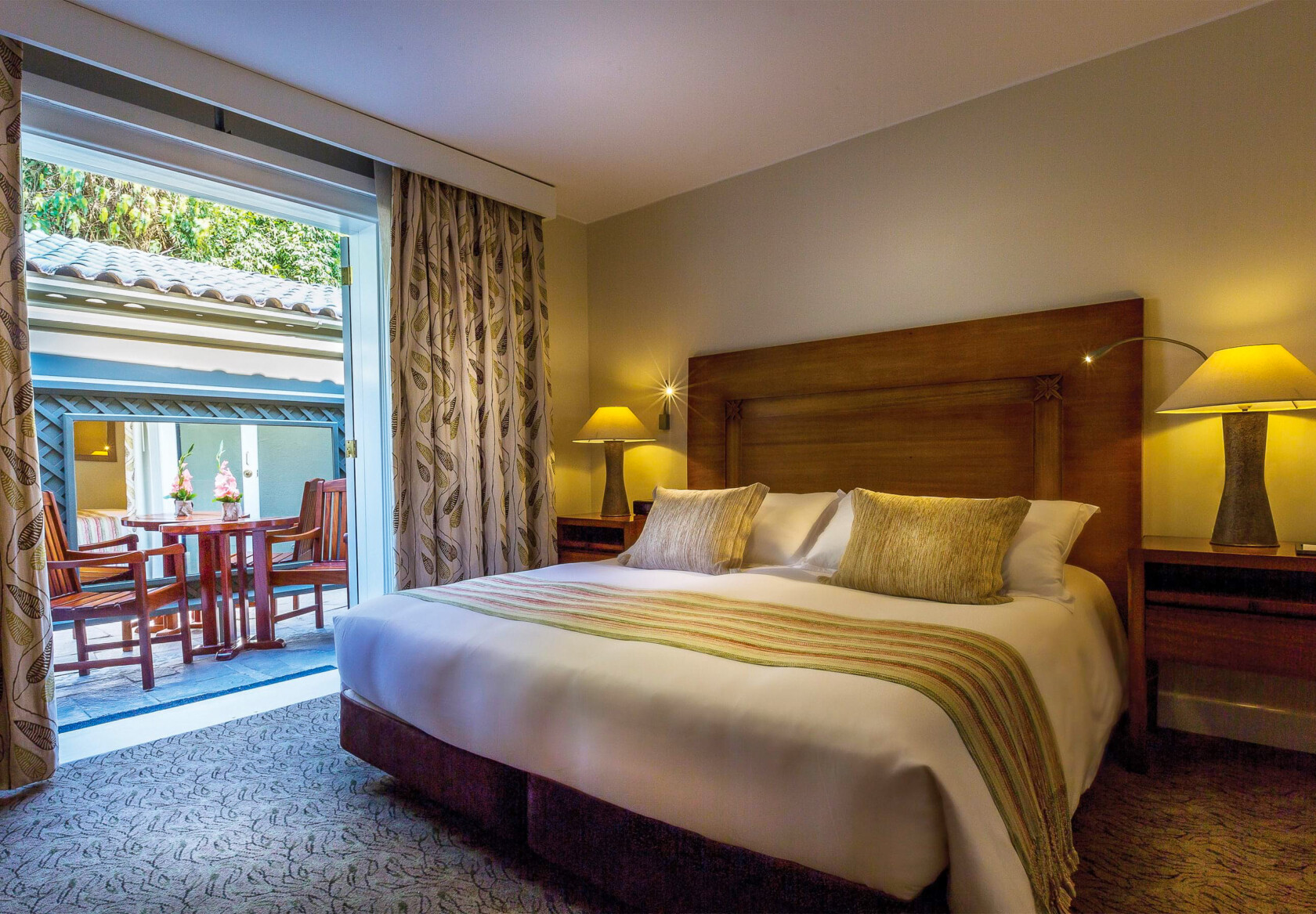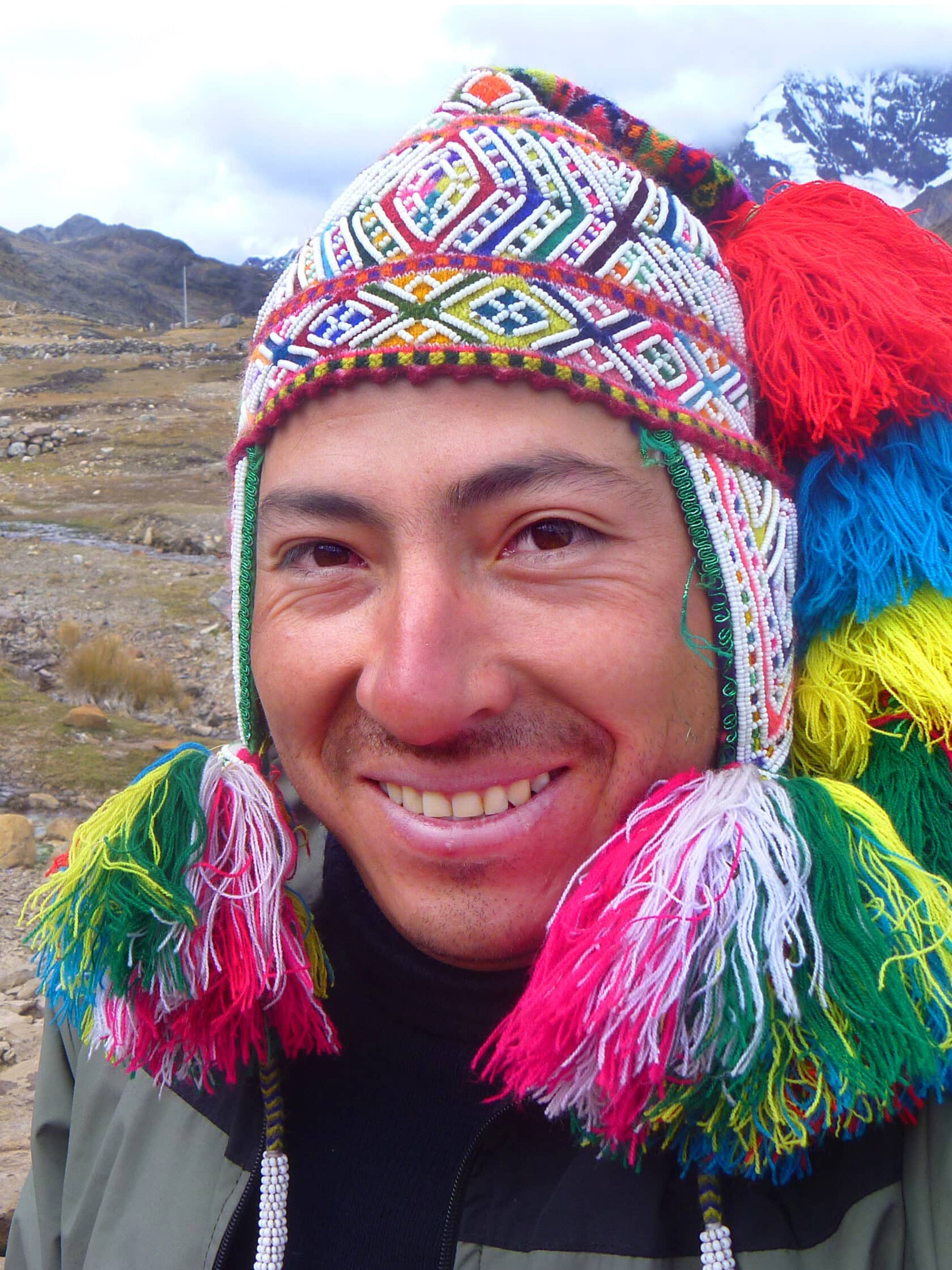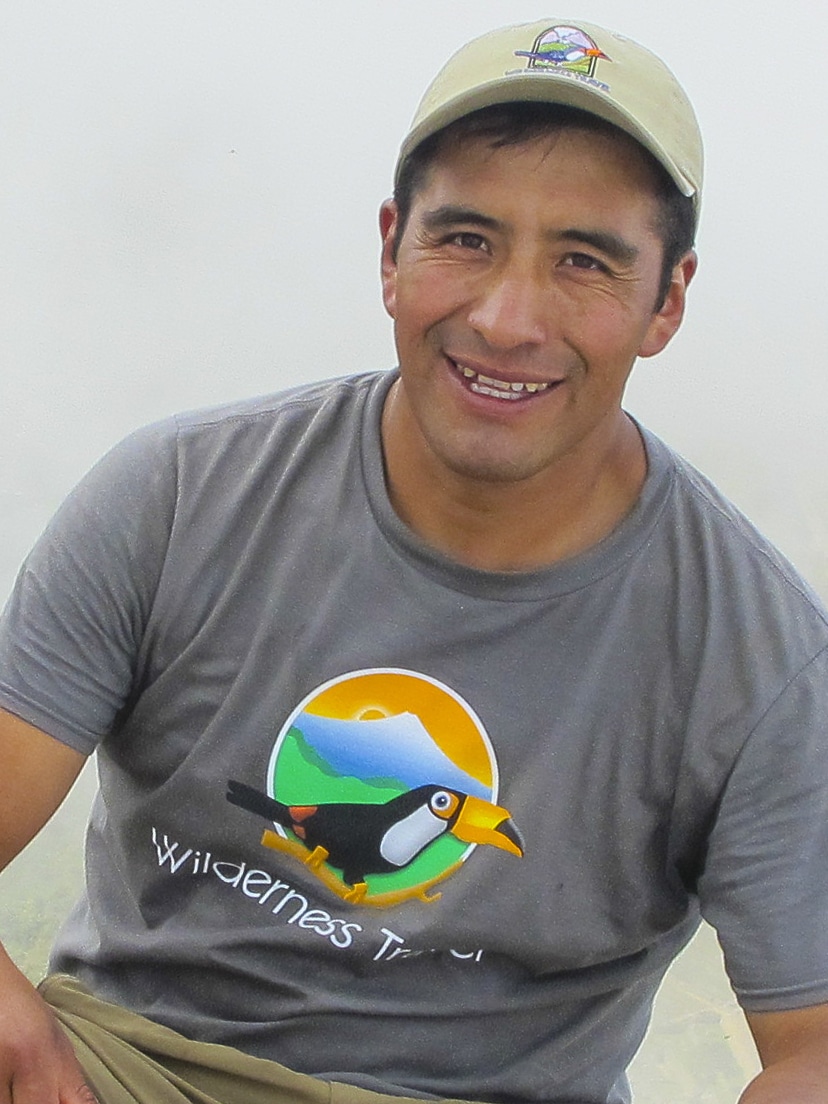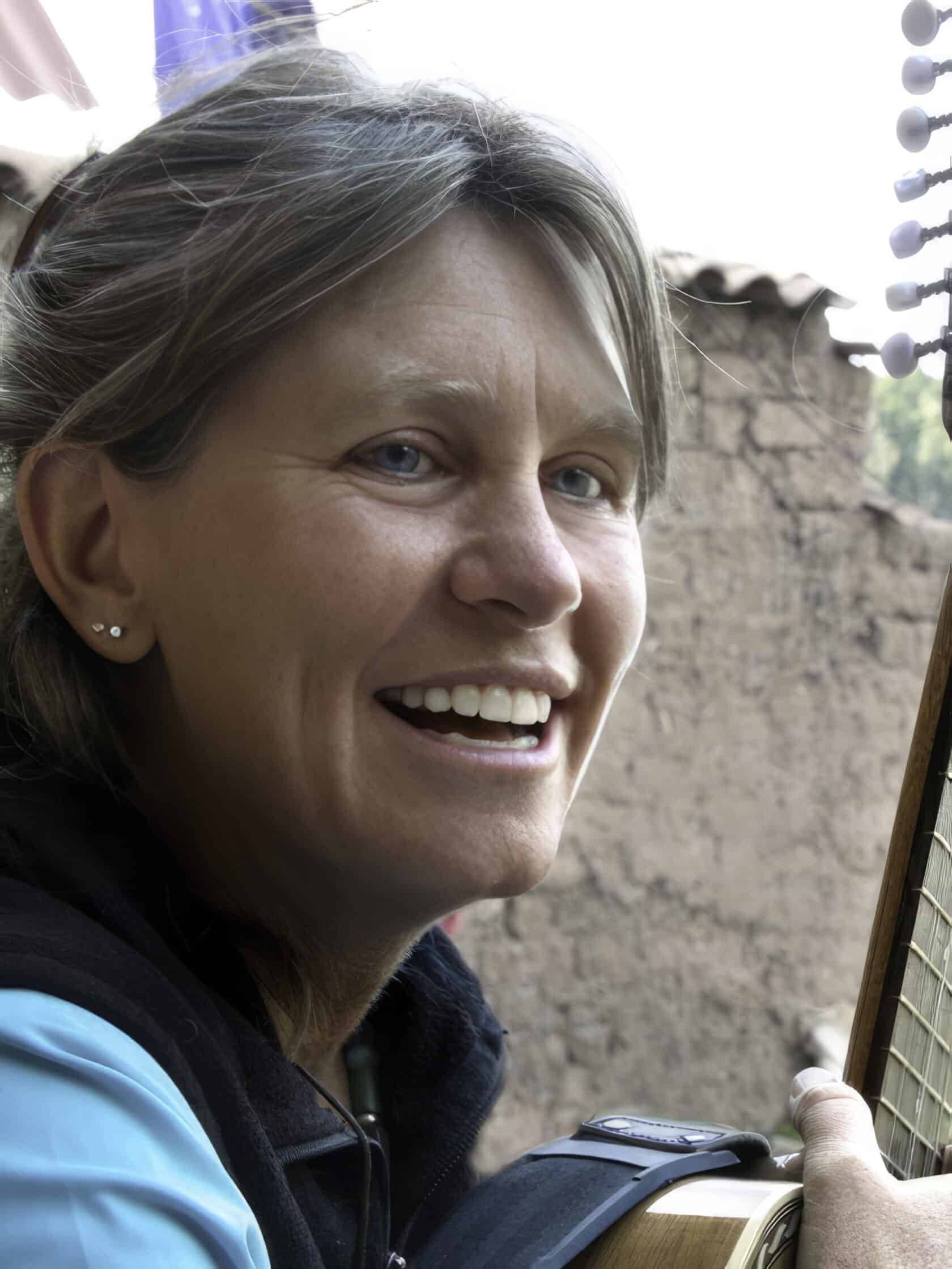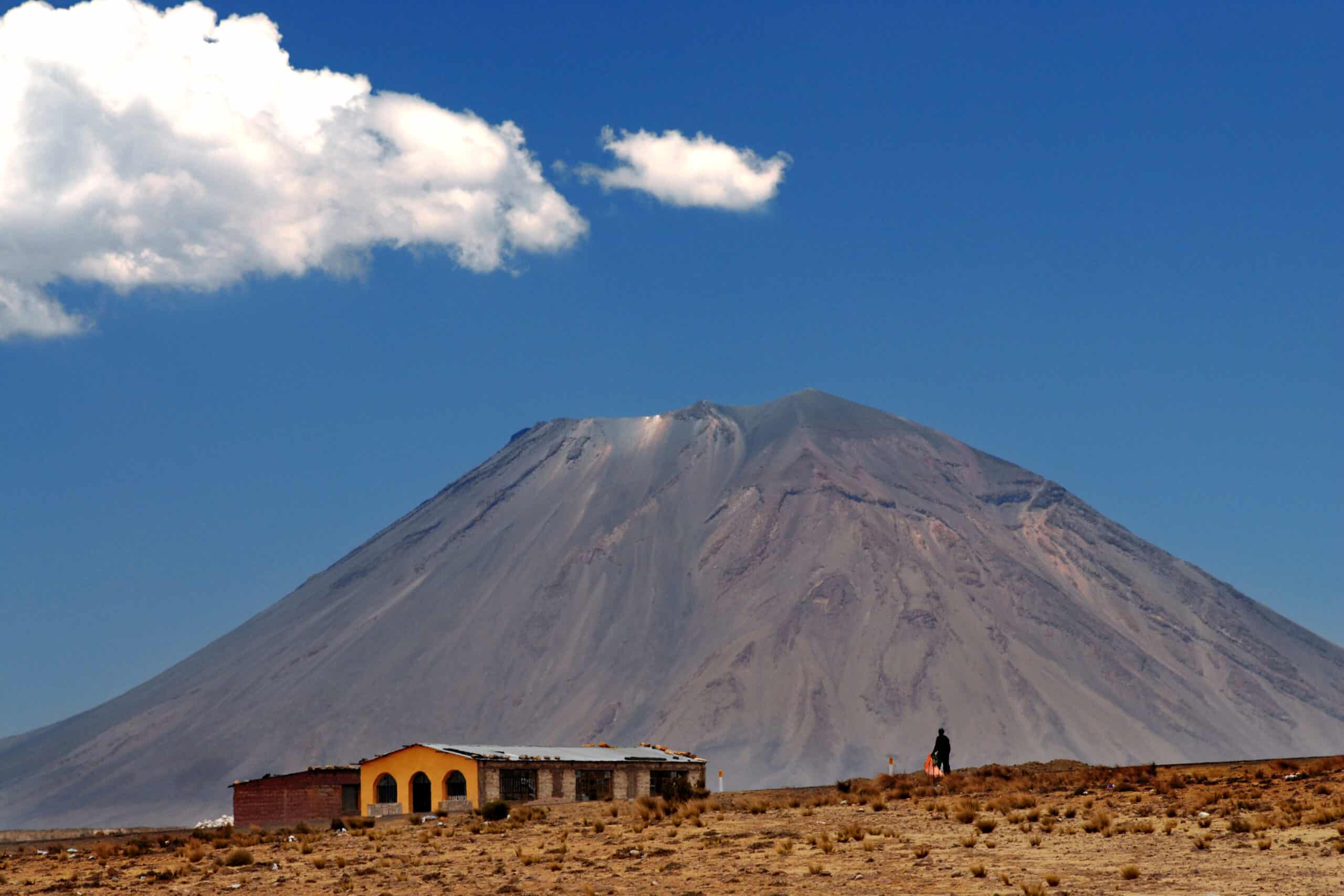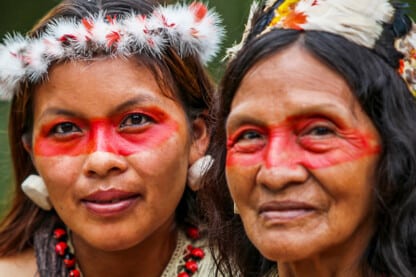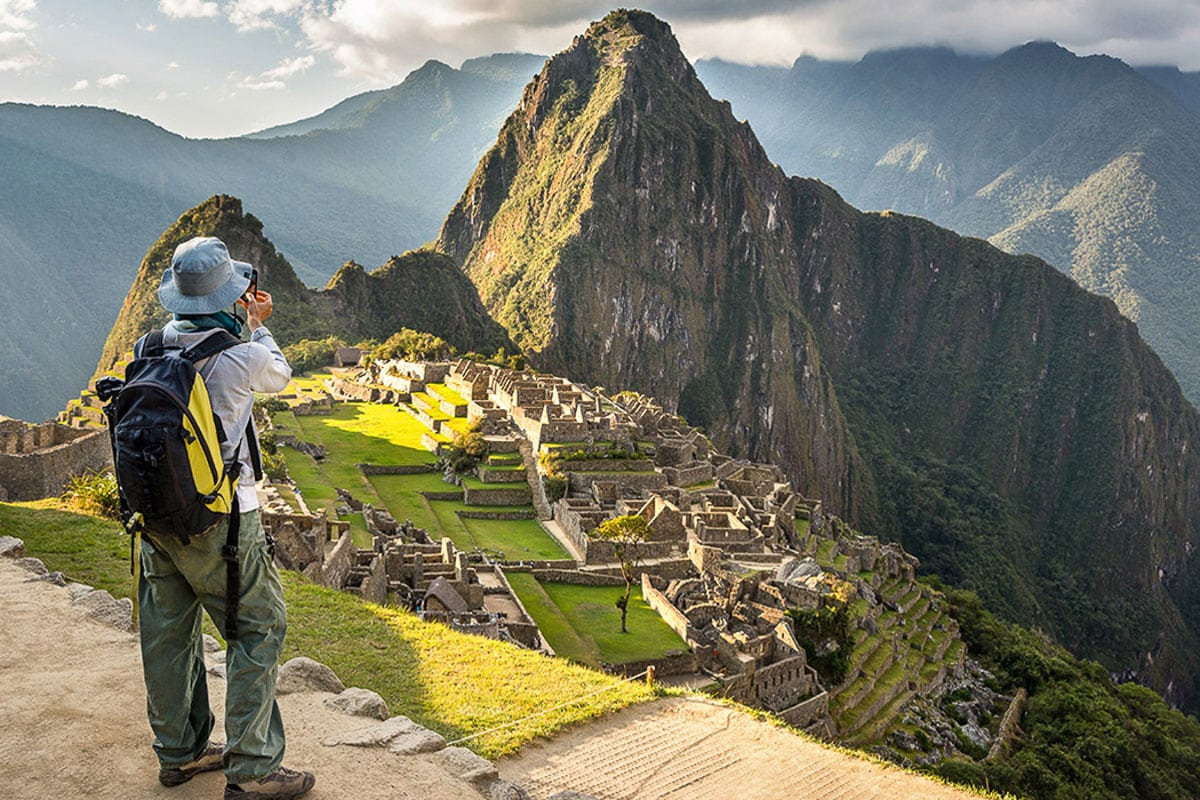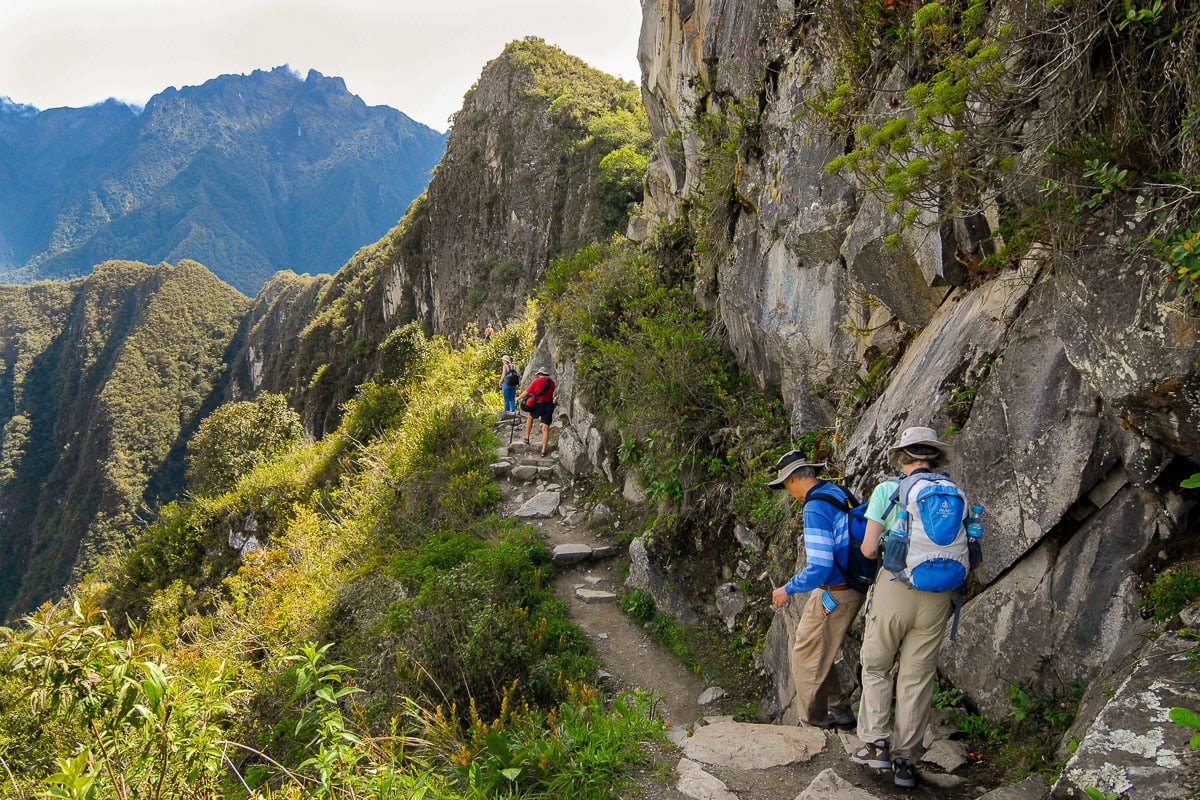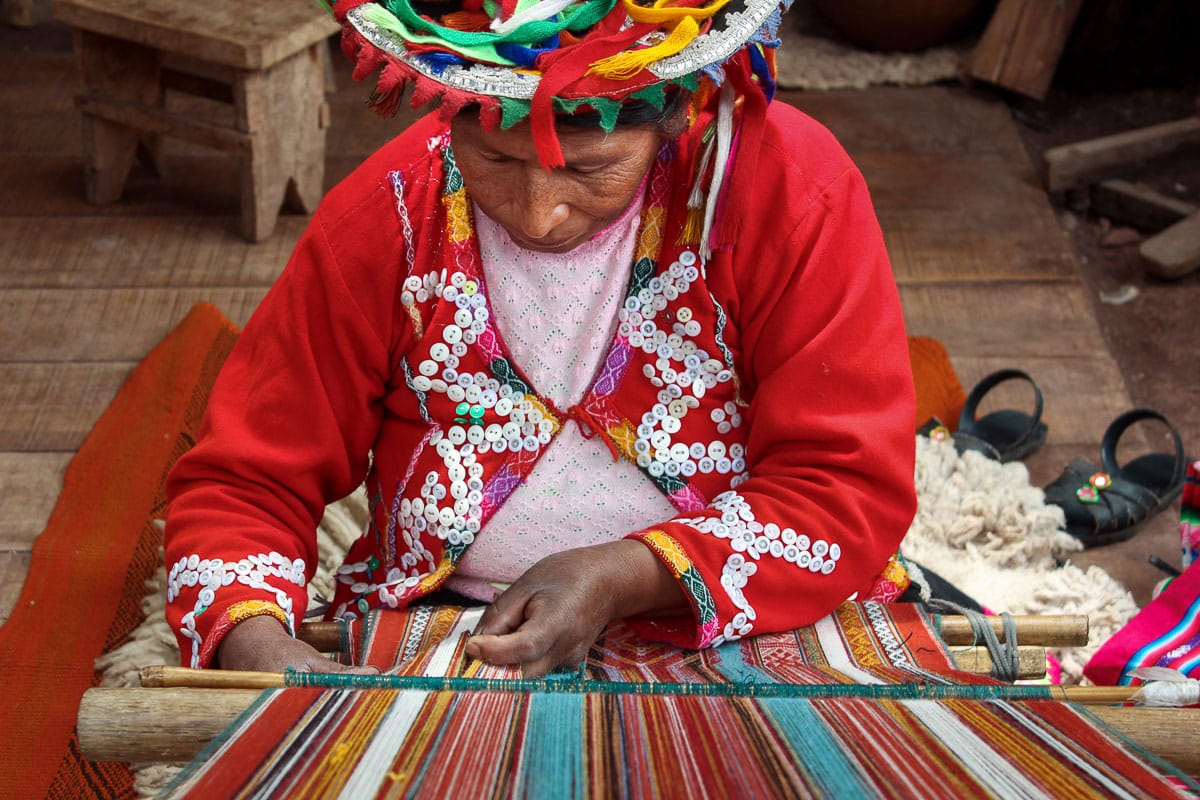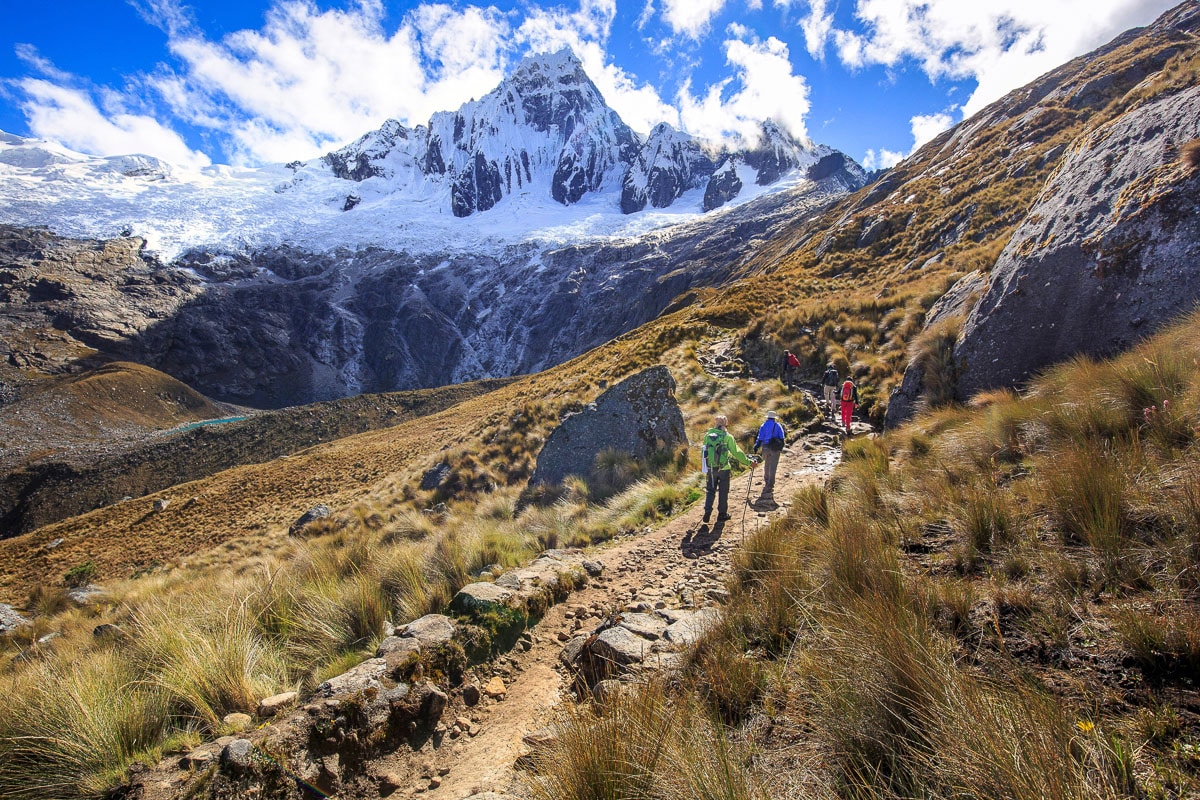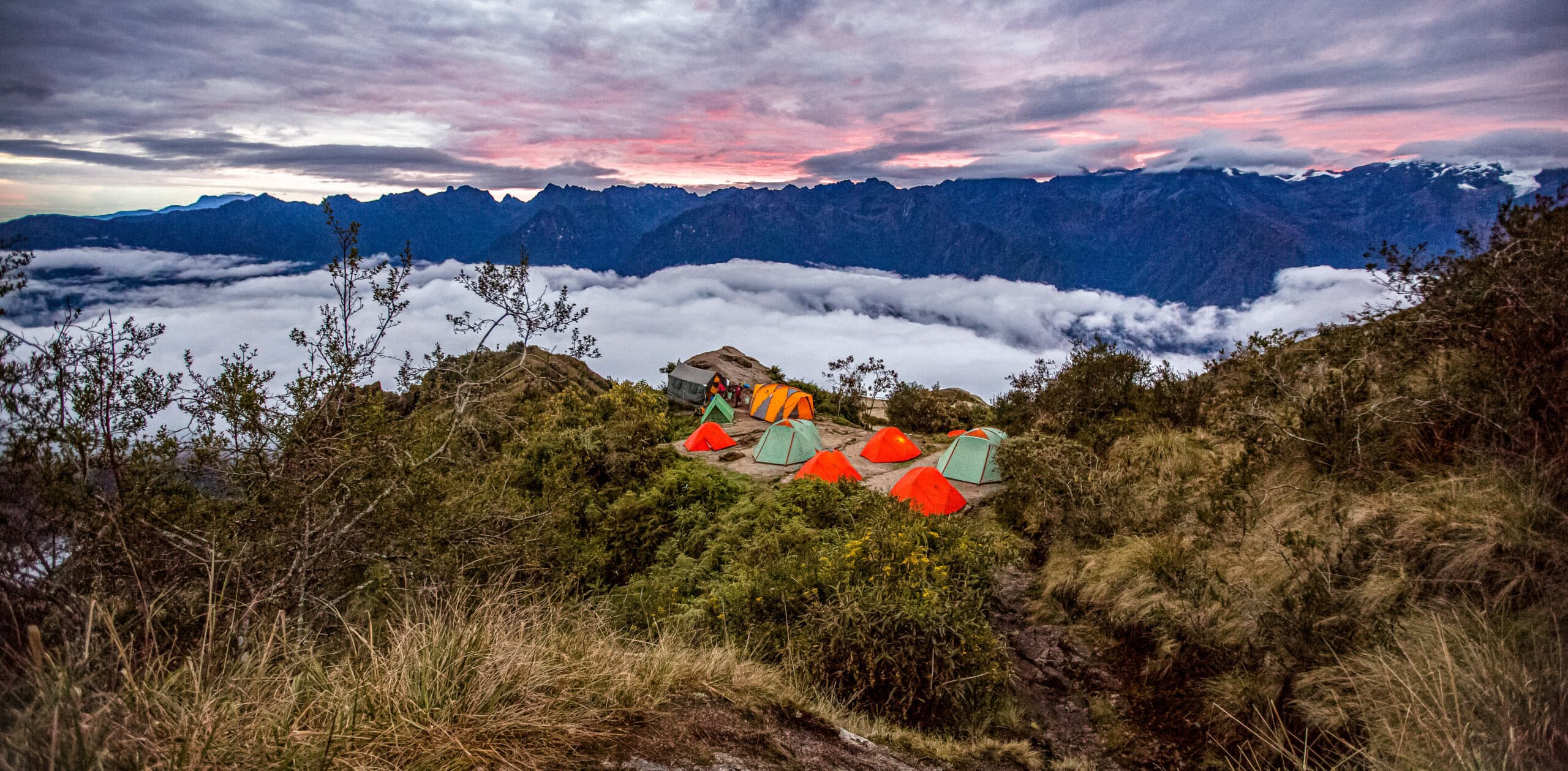
The Ultimate Hiking Adventure to a Legendary Lost City
Inca Trail to Machu Picchu
Peruvian park regulations strictly limit the number of hiking permits issued for the Inca Trail and permits are issued on a first-come first-serve basis! If you want to trek the Inca Trail, make sure to plan ahead as trail permits are reserved many months in advance (especially for summer high-season departures).
Overview
Hike the Inca Trail to Machu Picchu the WT way, with spectacular campsites (two of the four are exclusive to our groups), topped off by a night at the acclaimed Sanctuary Lodge, just steps from Machu Picchu. With five full days on the trail (other companies rush it in four), we enjoy well-paced hiking days, fewer trekkers, and fascinating Inca sites others miss. Superb Trip Leaders bring the Inca world to life for us, and our top-notch trail crew keeps us well fed. We've perfected this experience over 40+ years!
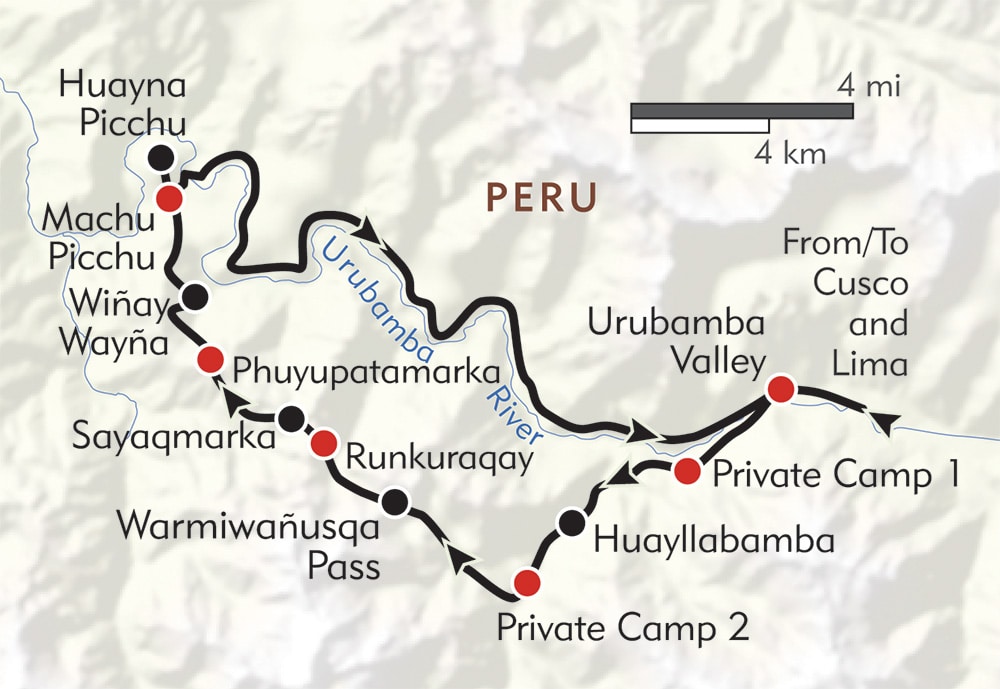

Arrive: Cusco, Peru
Depart: Cusco, Peru
Highlights
- Hike to Machu Picchu on mystical, stone-paved paths built by the Incas
- Explore trail-side archaeological sites that only Inca Trail hikers have access to
- Relish the comfort of our famous Inca Trail camping service—the best on the trail!
- Superb accommodations at Machu Picchu Sanctuary Lodge, right at the ruins, and at Cusco's 5-star Hotel Monasterio
Itinerary
In Cusco, we begin to understand the power of the Incas as we explore Saqsayhuaman, the grand fortress overlooking the city. In the Incas' Sacred Valley, we climb up through the terraces of the monumental citadel at Pisac to see its intricate stonework.
We explore Ollantaytambo, where the rebel Manco Inca held off Pizarro and his men in 1536, then begin our hike to Machu Picchu. Our special five-day route brings you shorter hiking days, optimum altitude acclimatization, and more time to explore hidden sites along the way. On the first two nights, we stay at our own private campsites with full amenities—one even has a sauna! Our trail cuisine is unmatched, and our well-paced hiking days give you plenty of time to see the fascinating archaeological sites along the route.
Phuyupatamarka ("Town in the Clouds") and elegant Wiñay Wayna ("Forever Young") are the last major Inca sites on our trail. Hiking up to Intipunku, the "Gate of the Sun," the original entrance to Machu Picchu, the dazzling lost city is revealed below us and we are joined by our Machu Picchu specialist guide. We also have the option to hike up Huayna Picchu, the striking peak above the ruins. Our stay at the Machu Picchu Sanctuary Lodge, the only hotel right at the ruins, allows us unparalleled access and a fantastic sunset view. Return to Cusco on Day 8 and depart on Day 9.
Accommodations
Scroll through our signature accommodations for this trip below. Although it is highly unlikely, we may make substitutions when necessary.
What the Trip is Like
This trip is rated Level 5, Strenuous, according to our trip grading system. Most hiking is between 8,000 and 13,000 feet. The maximum elevation we reach is 13,830 feet, and the highest place we camp is 12,180 feet. The total mileage hiked is about 30. Our group will spread out along the trail during about six to seven hours of hiking each day (shorter on some days).
On the trail, you will just carry your own daypack for the items that you want with you on the trail, such as a water bottle and a jacket. Our team of Inca Trail porters carries all your other gear from camp to camp.
The Inca Trail is mostly stone-paved (Inca stones!) and it undulates up and down across green mountains while crossing two high-altitude passes. Trails can be rugged, not the well-maintained trails you may be accustomed to in the United States. For the most part, you can hike at your own speed because we always have a staff member hiking in the lead as well as one behind with the slowest hiker in our group. The altitudes are high, but our first hotel night is in Cusco at 11,200 feet, our second overnight is in the Sacred Valley of the Incas at 9,500 feet, our third is at our first camp at 8,700 feet, and our fourth is at our second camp at 8,900 feet. These four days will help your altitude acclimatization before climbing the first pass.
Any fit, experienced hiker will enjoy this hike, but we recommend you make an extra effort to prepare by engaging in regular exercise well beyond your normal routine. To accelerate your conditioning, try walking faster than 1.5 miles per hour, walking on steeper inclines, using your gym’s stair-climbing machines, or going on long hikes (also a good way to break in your boots). Please be aware that there are a few sections of long, steep stone “staircases,” so we do suggest hiking poles to protect your knees. The trek takes place at altitudes between 8,700 feet and 13,830 feet.
Being so close to the equator, Peru has only two climate seasons: a dry season from April to October, and a wet season from December to March. Altitude is the main factor controlling the climate. In the mountains, you'll encounter sunny days with daytime temperatures ranging between 65°F and 70°F, dropping to the 40s and lower at night. The sun is very strong at high altitude and it can often be warm enough to hike in shorts and a t-shirt. However, it can also get extremely cold; if you're familiar with mountain weather, you know how suddenly it can get cold even in the daytime if the sun slips behind a cloud. Nighttime temperatures can drop to below freezing. Rain should not be a problem on our treks, but always keep in mind that mountain weather is unpredictable and sudden storms can occur, especially on high mountain passes.
Lima lies in a coastal desert where rainfall is rare and temperatures are usually warm (70s and 80s). Days are overcast most of the year due to the Humboldt current that comes up from Antarctica and meets the warm, tropical El Niño current from the north to create the garua, or coastal fog/mist.
The climate in the Amazon Basin is generally warm and humid throughout the year but can also be unexpectedly cool (usually 60s) due to the breezes that blow down from the Andes.
Hiking distances on trek are normally measured in hours, not miles, since maps aren't really accurate enough to assess how far we walk up and down on winding mountain trails. With rest stops and photo stops, few people walk faster than one mile an hour in a mountainous region. Some hiking days are shorter than others, and some days are more difficult than others due to altitude gain and loss.
On a typical trek day, you'll wake up to hot coffee, cocoa, and a choice of teas, brought right to your tent. This is followed by a freshly prepared breakfast of eggs, pancakes, French toast, or oatmeal. We set off on the trail while the crew strikes camp and the porters shoulder their loads. There is always a guide in the lead, usually the Trip Leader or the camp manager, who supervises the crew, and someone who hikes behind the slowest hiker. Most of our hikers tend to spread out over the trail, taking photos, stopping to rest, and enjoying the scenery. We typically walk for three or four hours in the morning, depending on the day, then stop for a leisurely lunch at a scenic spot. Lunches consist of a wide variety of dishes, including delicious pasta salads, soup, casseroles, and other offerings. After lunch, we walk for another three hours or so until we reach our next night's camp. The porters and crew pass us in mid-afternoon and set up our next camp. When we arrive at camp, snacks are available, including popcorn, cookies, crackers, and hot or cold drinks. Dinner begins with hearty soup followed by an entrée of fish, beef, or chicken (with vegetarian options), along with vegetable dishes, fruit, and a light dessert.
FAQs
The Inca Trail can be hiked all year except in late January and February, the rainiest months, when the trail is closed for repairs. The trail reopens in March and April, when the rains lighten up and the mountains are still green. High season begins in May and extends through September, as these are the driest months. October through December are considered shoulder season, when occasional rain is possible, but keep in mind that the highlands of Peru are a temperate desert and it is not uncommon for it not to rain for weeks at a time even in the height of the rainy season. This is also the time with the fewest hikers on the trail, more flowers in bloom, and fewer tourists at Machu Picchu as well as in Cusco. Temperatures in the Cusco-Machu Picchu region range from the high 60s in the daytime to the low 40s at night, with some variation depending on the time of year you go.
To protect the Inca Trail's monuments and environment, Peruvian authorities only issue 200 permits each day for hikers (plus an additional 300 permits for the licensed porters and staff who carry the gear and work on the trips). Permits sell out extremely fast! We must obtain your permit for you when you sign up, so we urge you to book your trip at least six months in advance, especially if you are considering going between May and September.
- We are experts on the Inca Trail with over 40 years of experience.
- A perfectly paced itinerary, with five full trekking days (most companies push it with just four days on the trail—and some even three). This allows for a better pace, fewer crowds, and more sites and exploration along the way.
- Exceptional camps with the finest equipment, delicious meals, and hot coffee, cocoa, or tea brought to your tent each morning. The first two nights are inprivate campsites completely to ourselves!
- The most qualified guides—experts in Inca history and culture.
- Overnight at the Machu Picchu Sanctuary Lodge, the only hotel just steps away from the ruins, giving you access to Machu Picchu without the crowds.
Other Trips You Might Like
Browse All TripsBook your trip today
Our Area Specialists know every detail about our tours. They will be happy to answer any questions and help you choose the journey that’s right for you. Contact us to learn more or book your trip today!
Itinerary
Submit the form below to download itinerary
Trip Levels
With more than 200 different adventures to choose from, we want to help you find the trip that’s right for you. Our Trip Level system ranks each trip in two ways: a number rating from 1 to 6 according to the activity, and general travel rigors. 1 is the easiest and 6+ the most difficult—see descriptions below for explanations of each number. A plus (+) sign means the trip is a bit more strenuous than other trips of that level. The detailed explanation of each trip—below the bar with the number rating—is perhaps more important, specifying activities, altitudes, hiking, and travel conditions. The Detailed Itinerary, available by download or mail, gives further information. Our Area Managers can also answer questions and guide you to the trip that best suits your interests.
Level 1 – Easiest
Non-camping journeys, optional walks, little elevation gain or loss.
Level 2 – Easy to Moderate
Hotel nights and/or safari-style camping, hikes of two to four hours on some days. Other physical activities are sometimes included, such as optional sea kayaking.
Level 3 – Moderate
Half- to full-day hikes (3-6 hours) over rolling countryside on most days, occasional steep trails. Many of our hotel-based walking tours are in this category, as are our snorkeling adventures.
- Tuscany & the Cinque Terre
- Argentina: Hikes and Estancias of Patagonia
- Palau Snorkeling & Sea Kayaking
- Some trips with minimal hiking but rugged travel conditions or long drives, such as Tribal Ghana, Togo & Benin, are Trip Level 3.
Level 4 – Moderate to Strenuous
Full-day hikes (4-6 hours), mountainous terrain, significant elevation gains and losses (hiking up or down as much as 3,000 feet) on many days. Altitudes no greater than about 10,000 feet.
Level 5 – Strenuous
Full-day hikes (4-8 hours), mountainous, steep terrain (hiking up or down as much as 3,500 feet) on many days. Trips with hiking at average altitudes of 10,000 to 12,000 feet are in this category.
Level 6 – Very Strenuous
Full-day hikes (5-8 hours), mountainous, steep terrain (hiking up or down as much as 3,500 feet) on many days. Most hikes take place at altitudes above 10,000 feet, with some days ascending as high as 18,000 feet.


